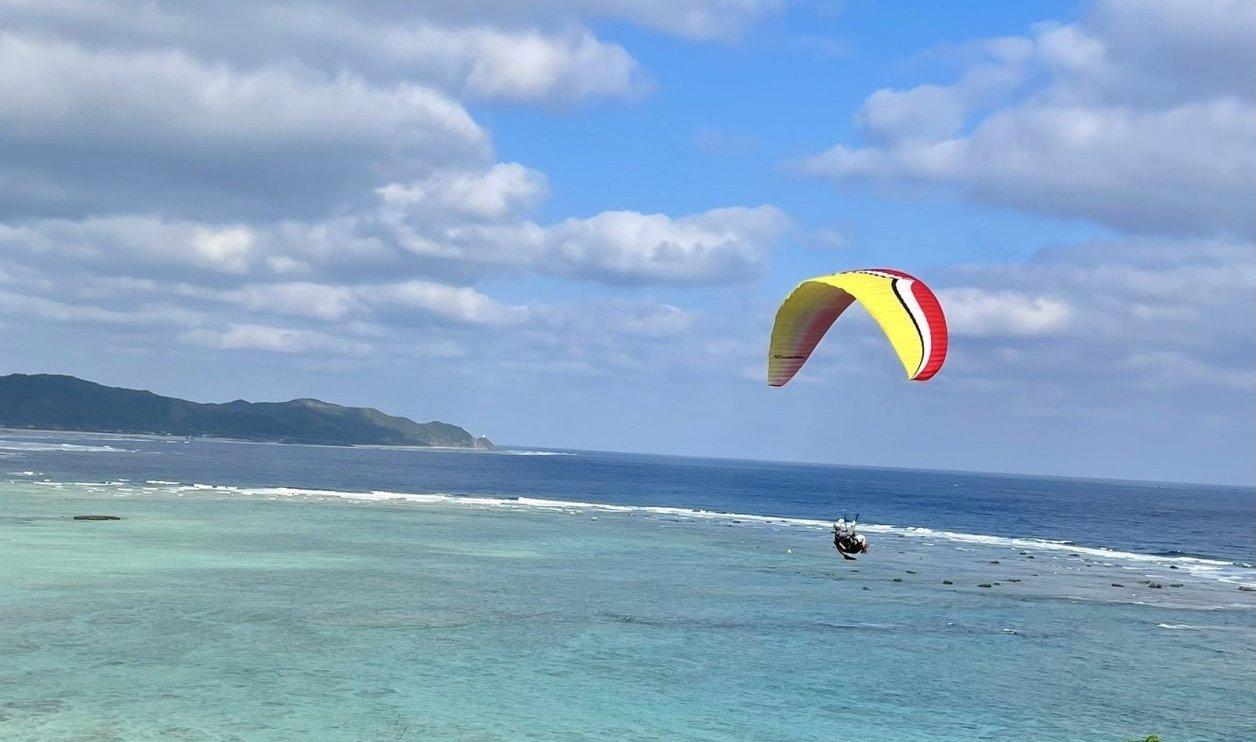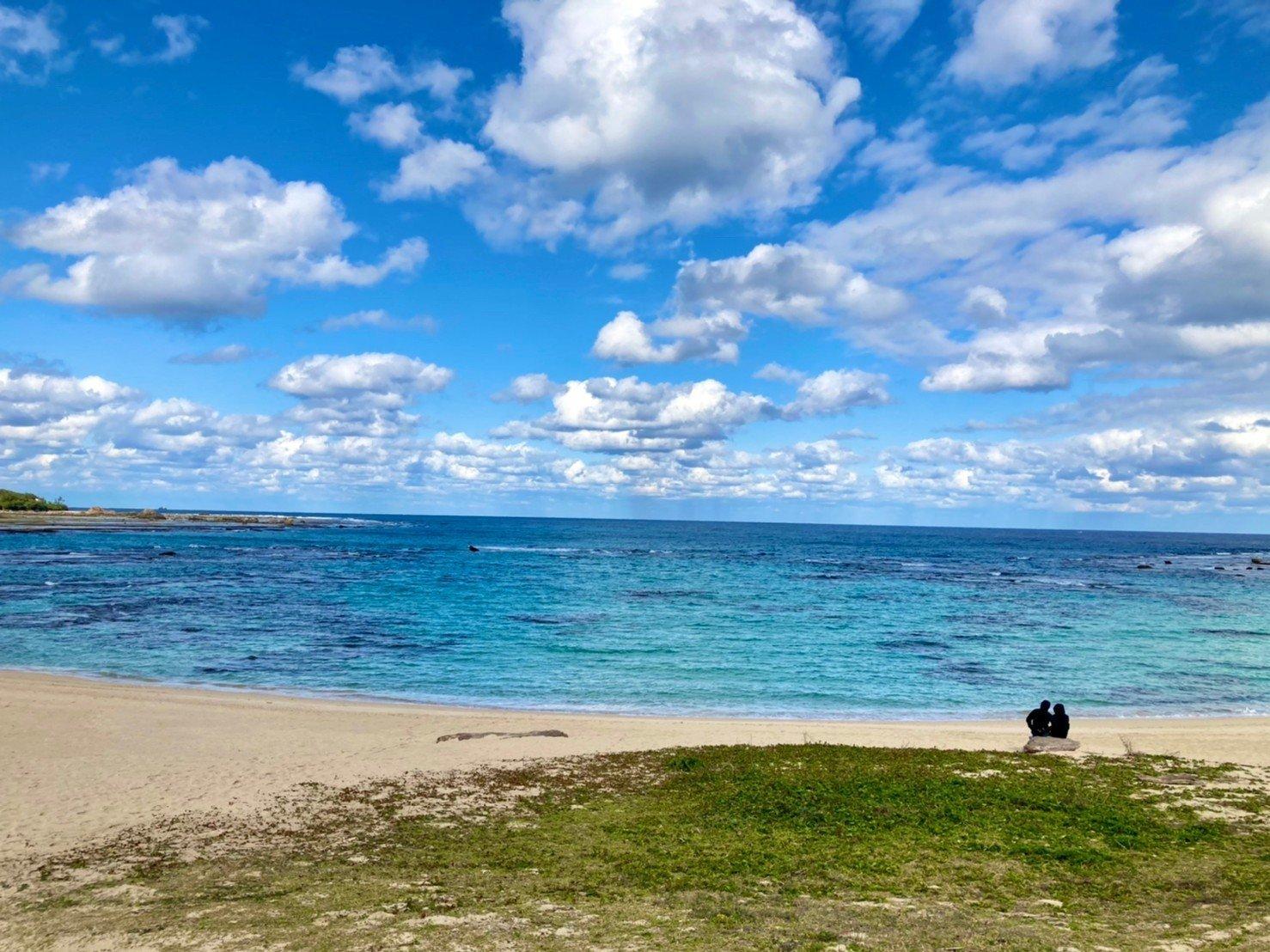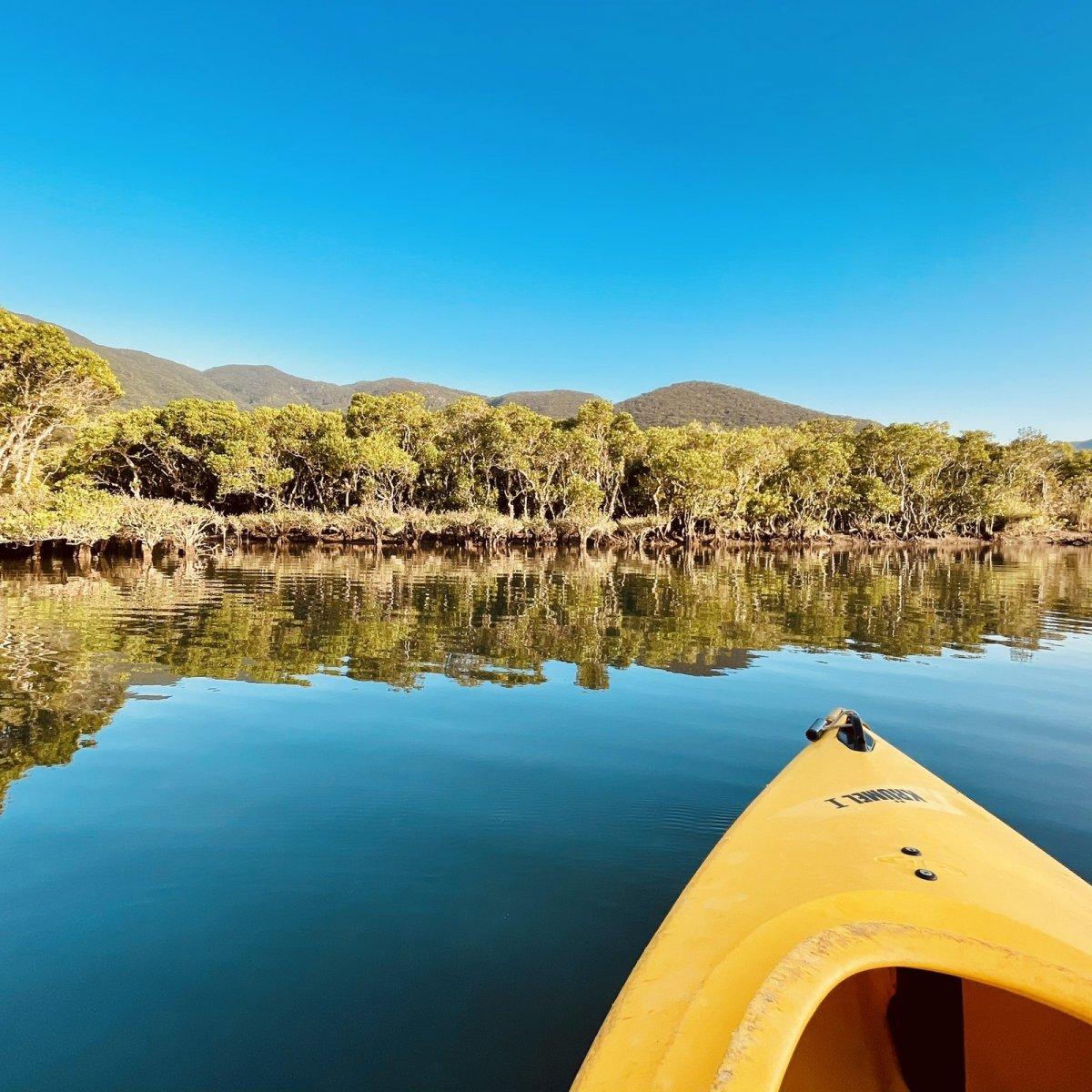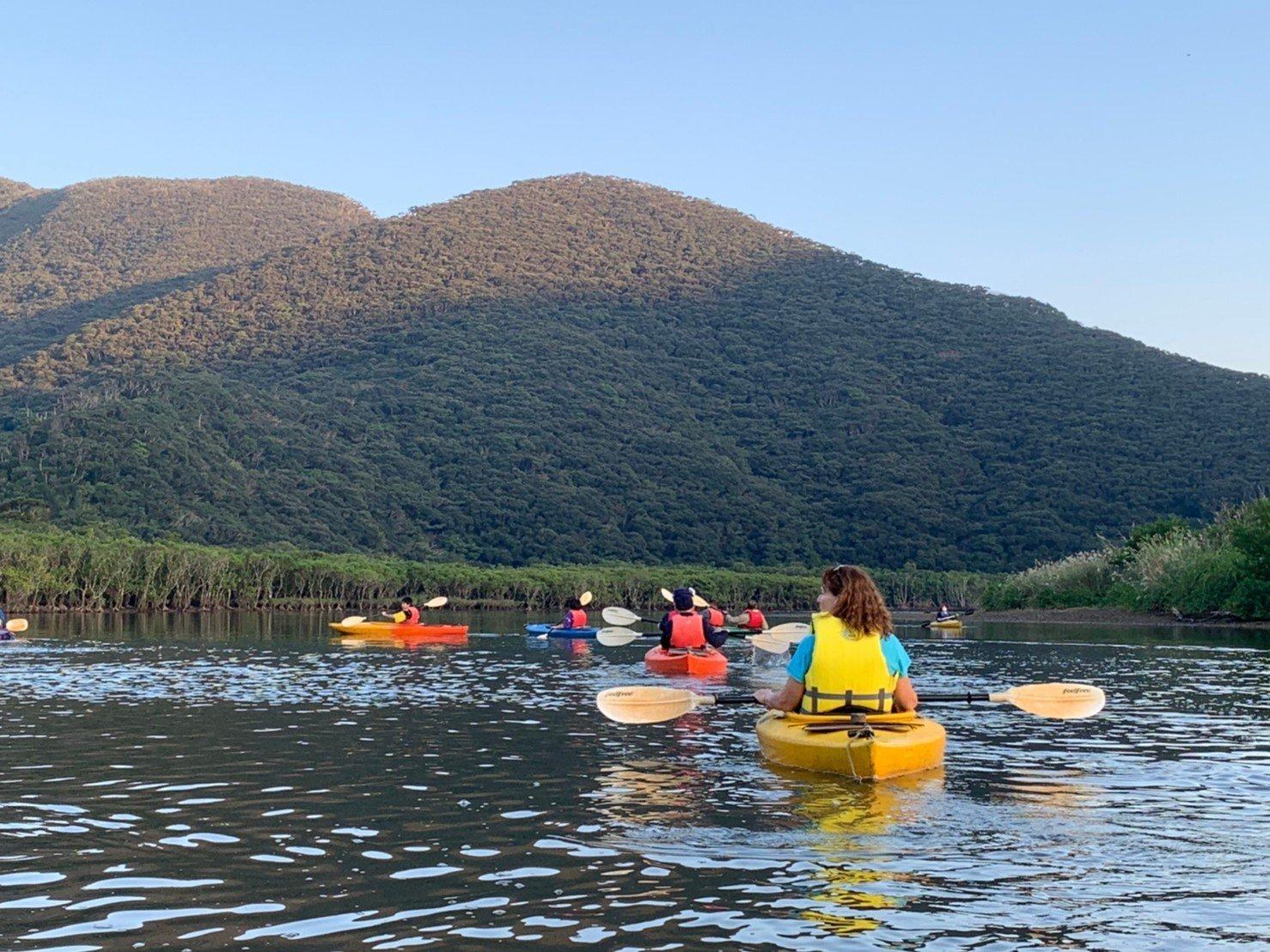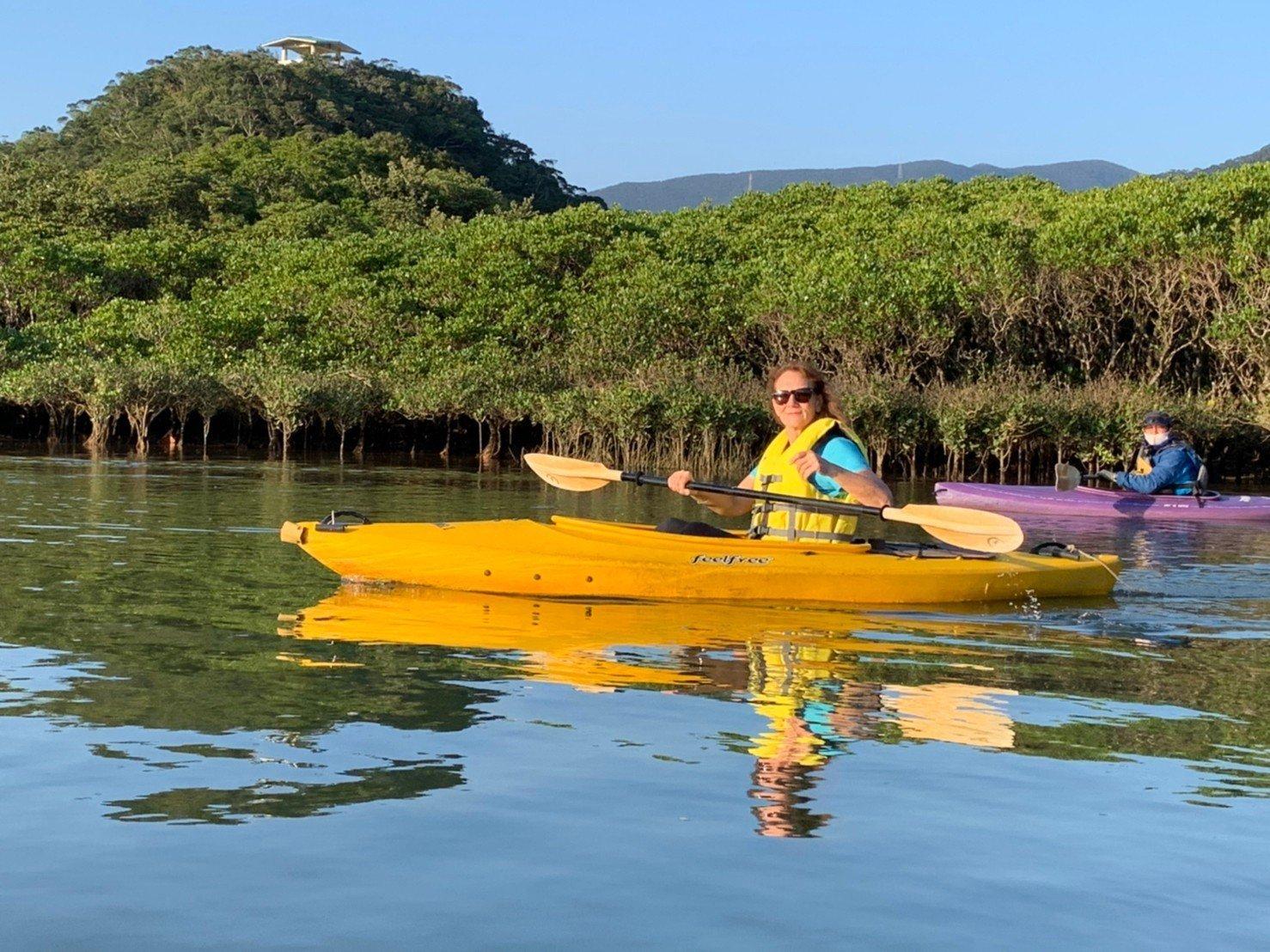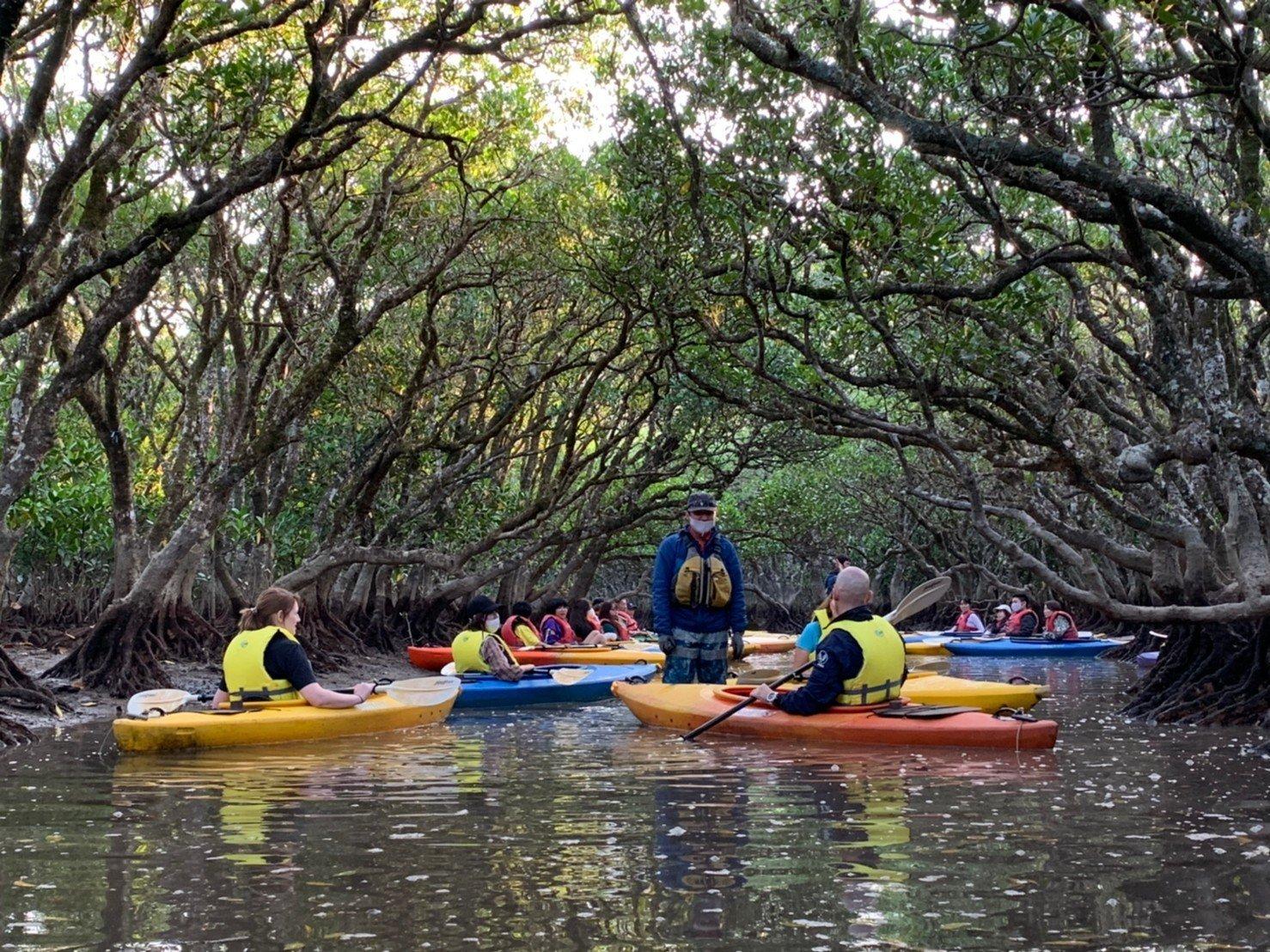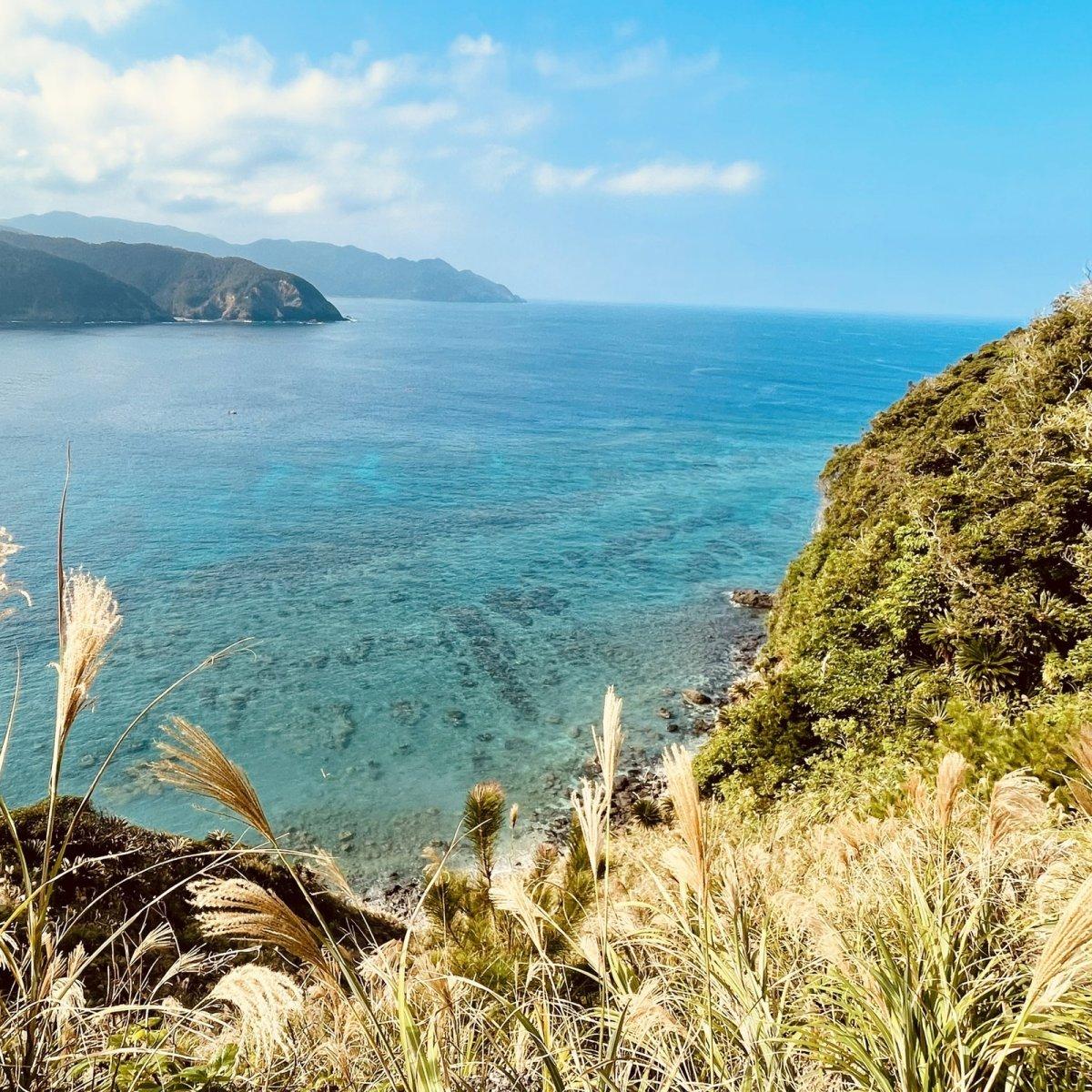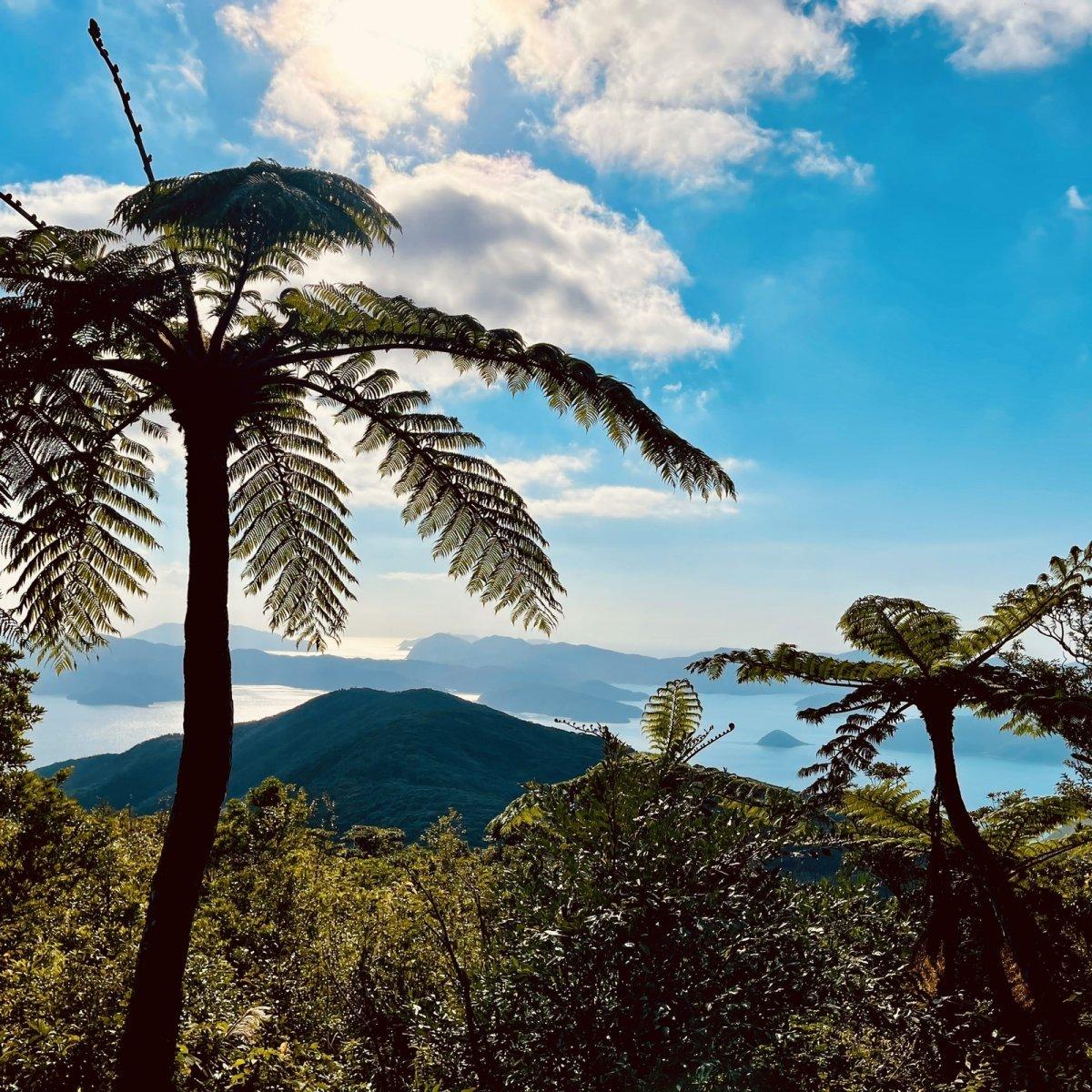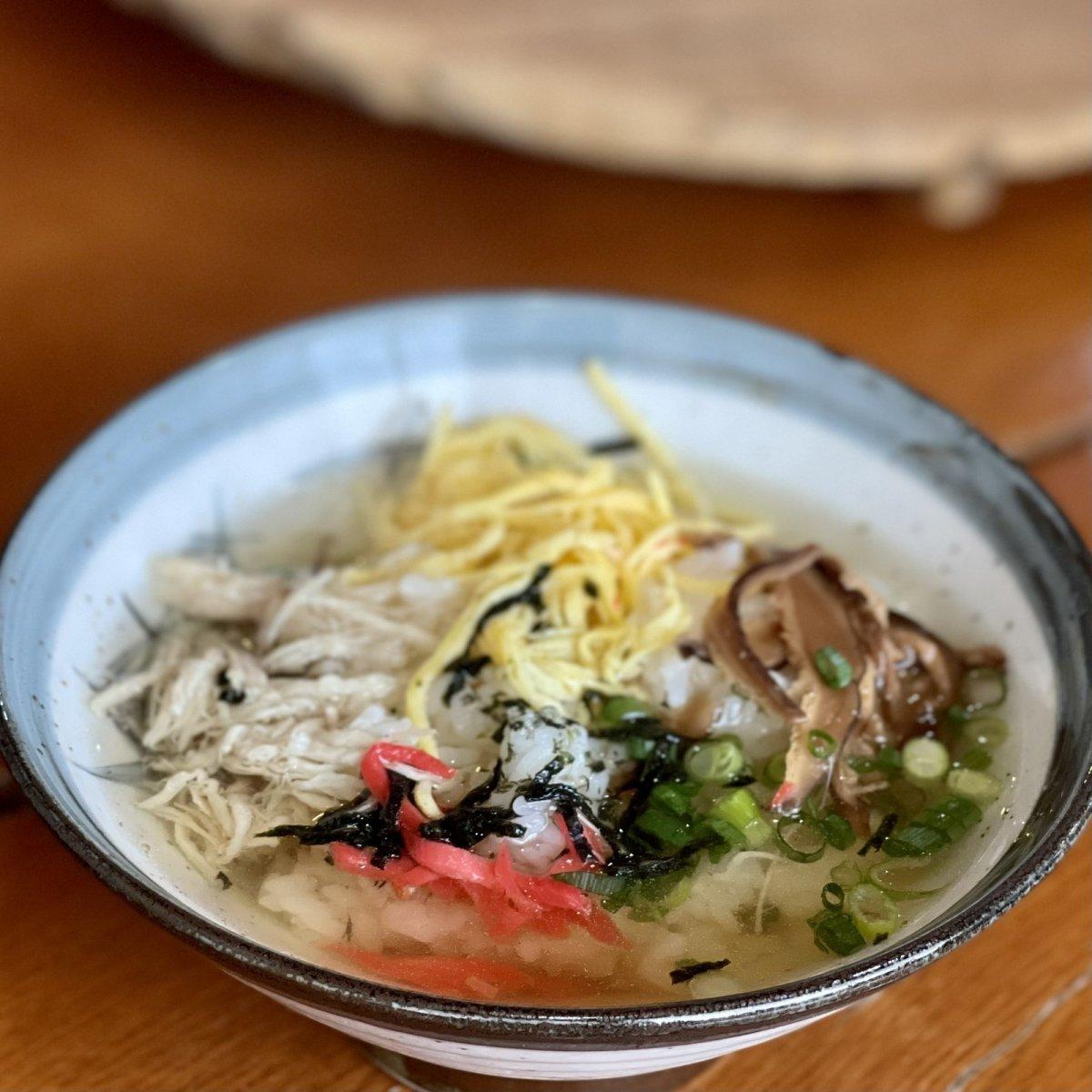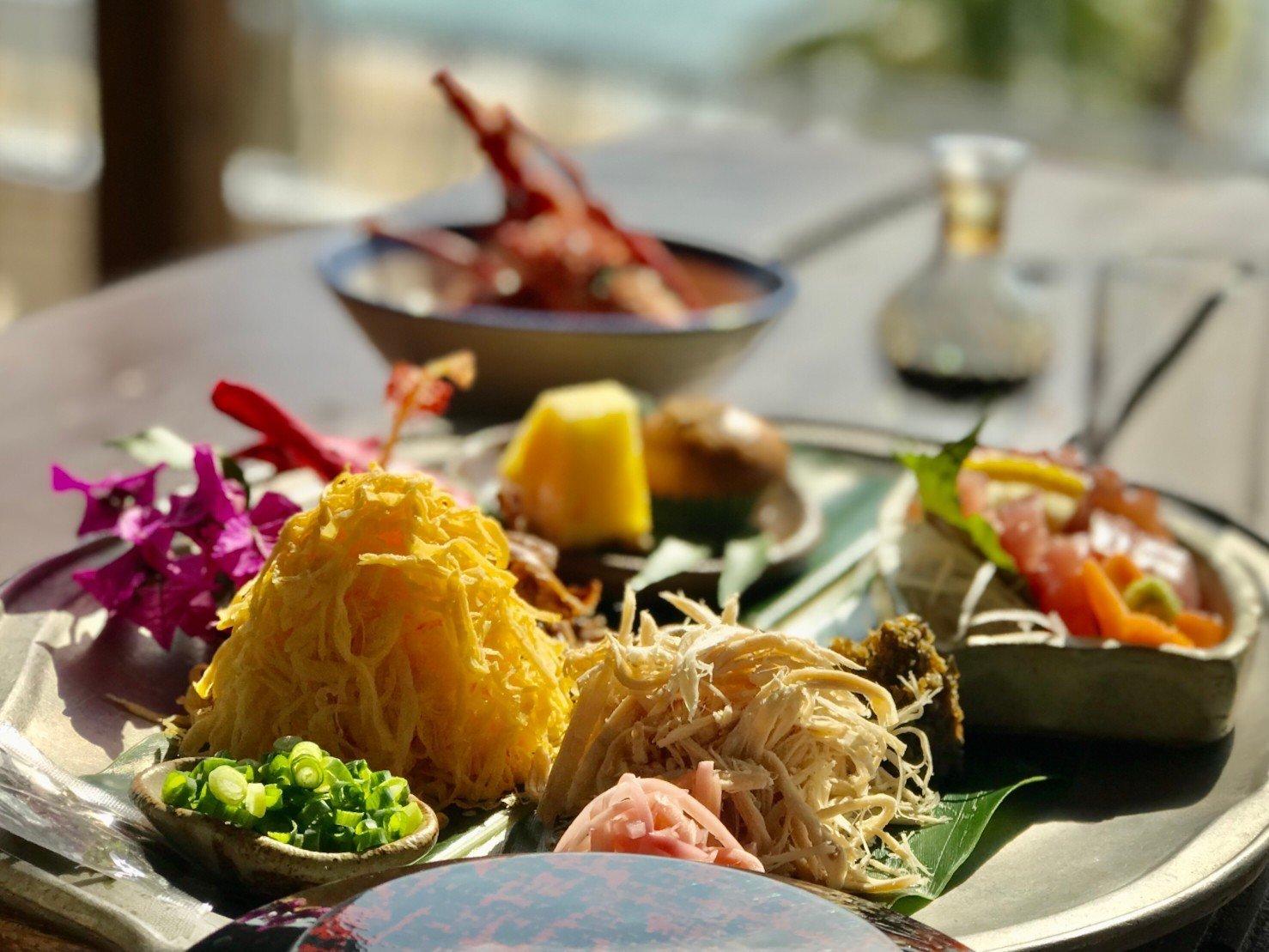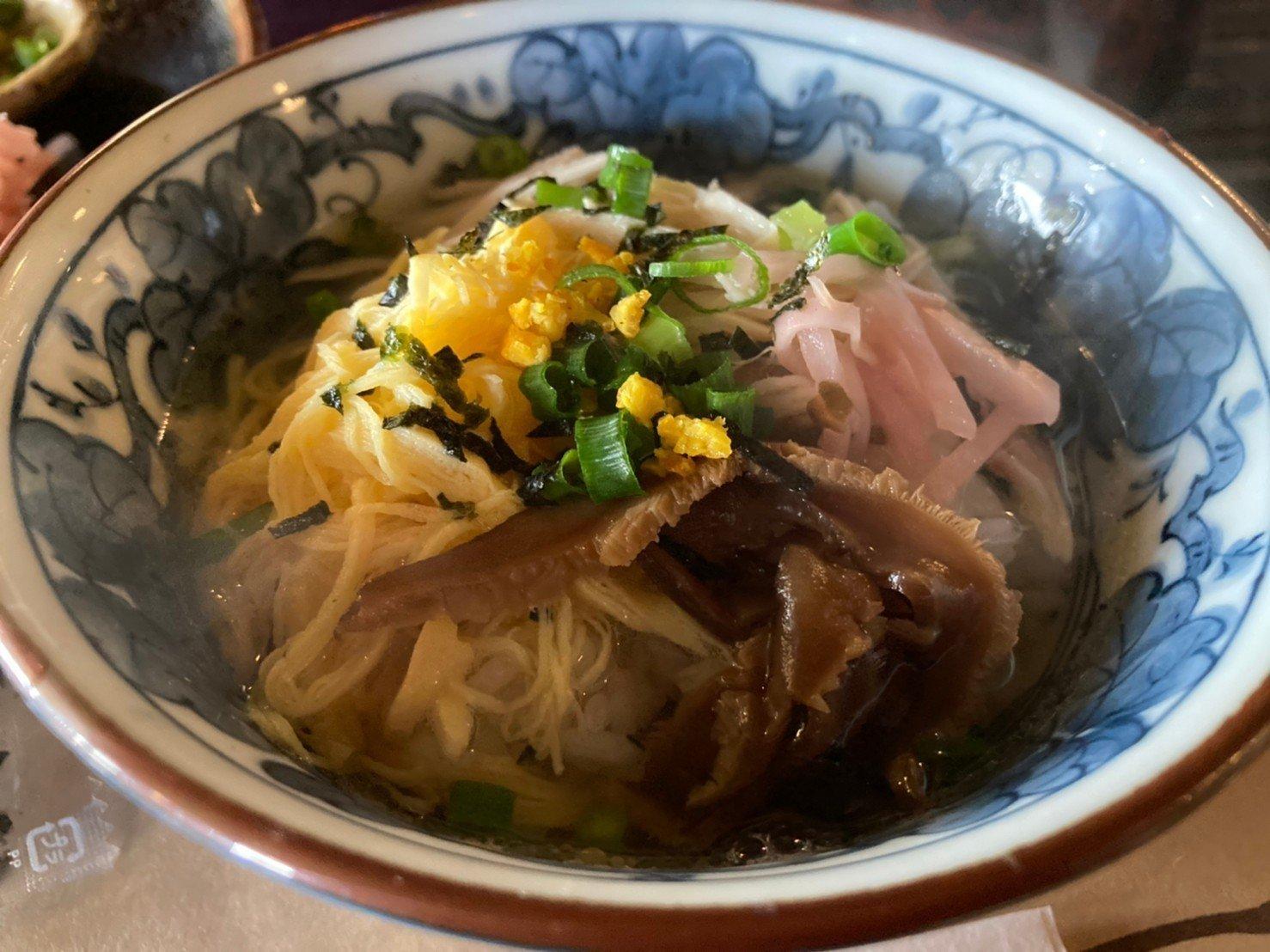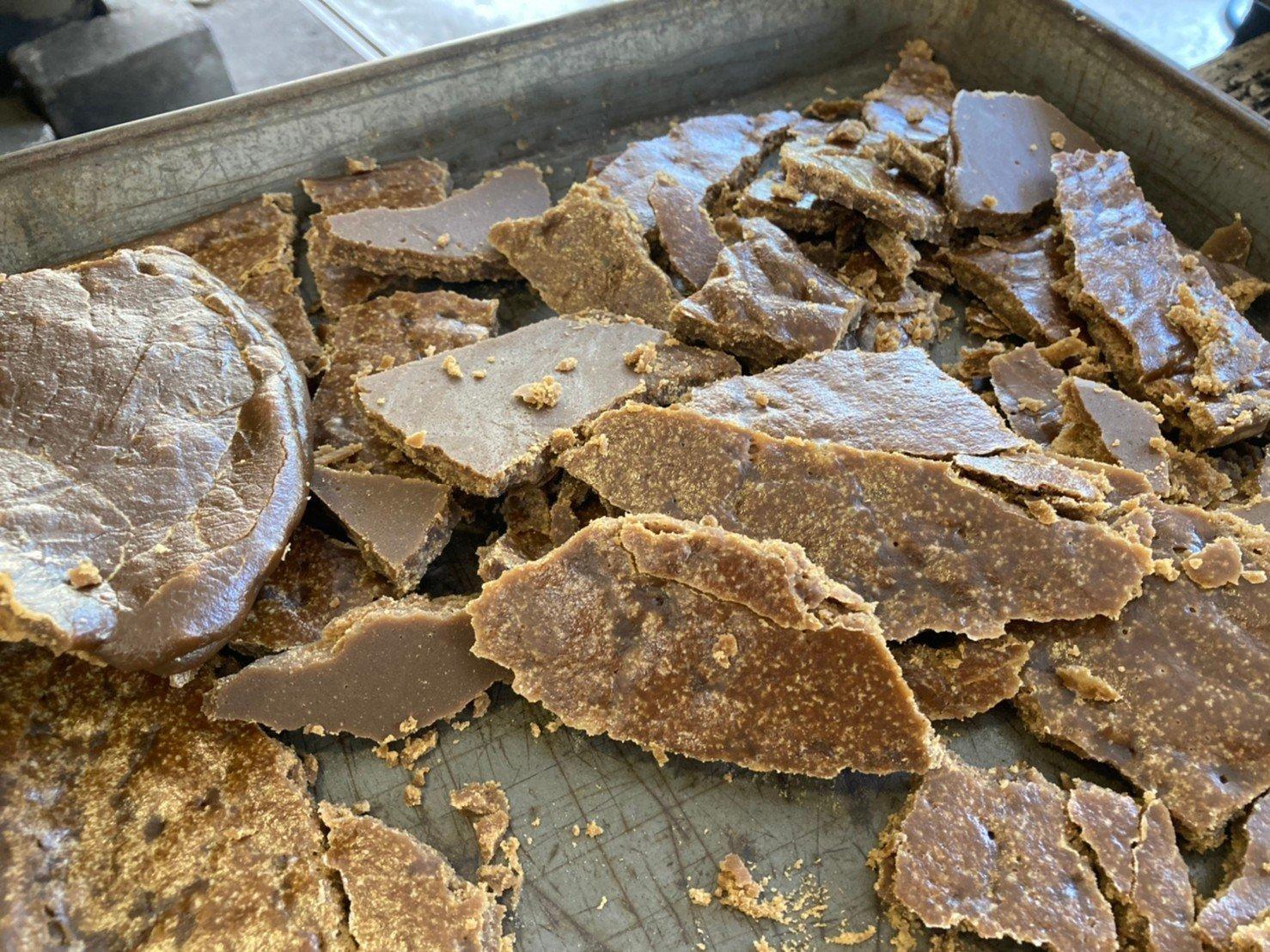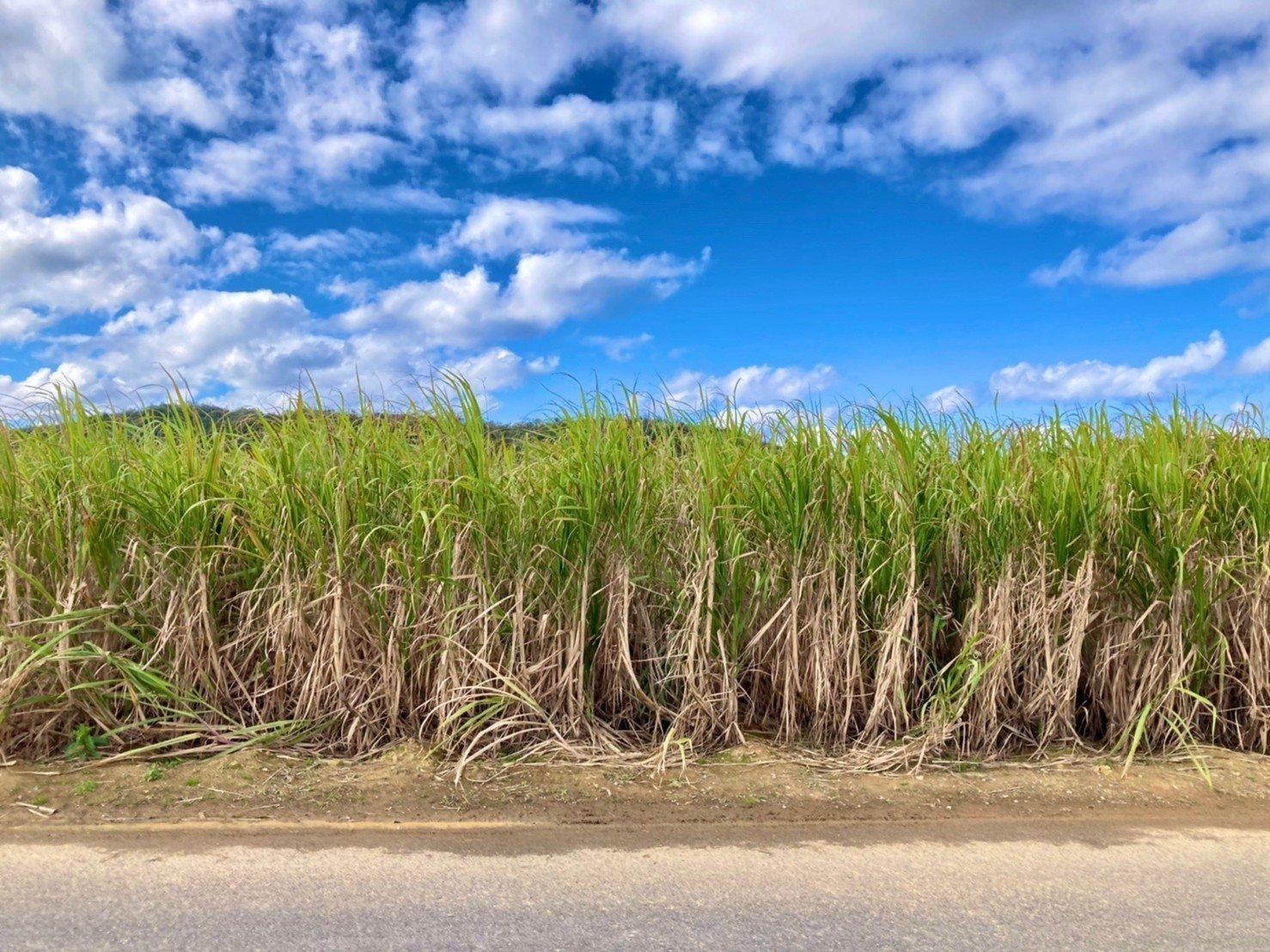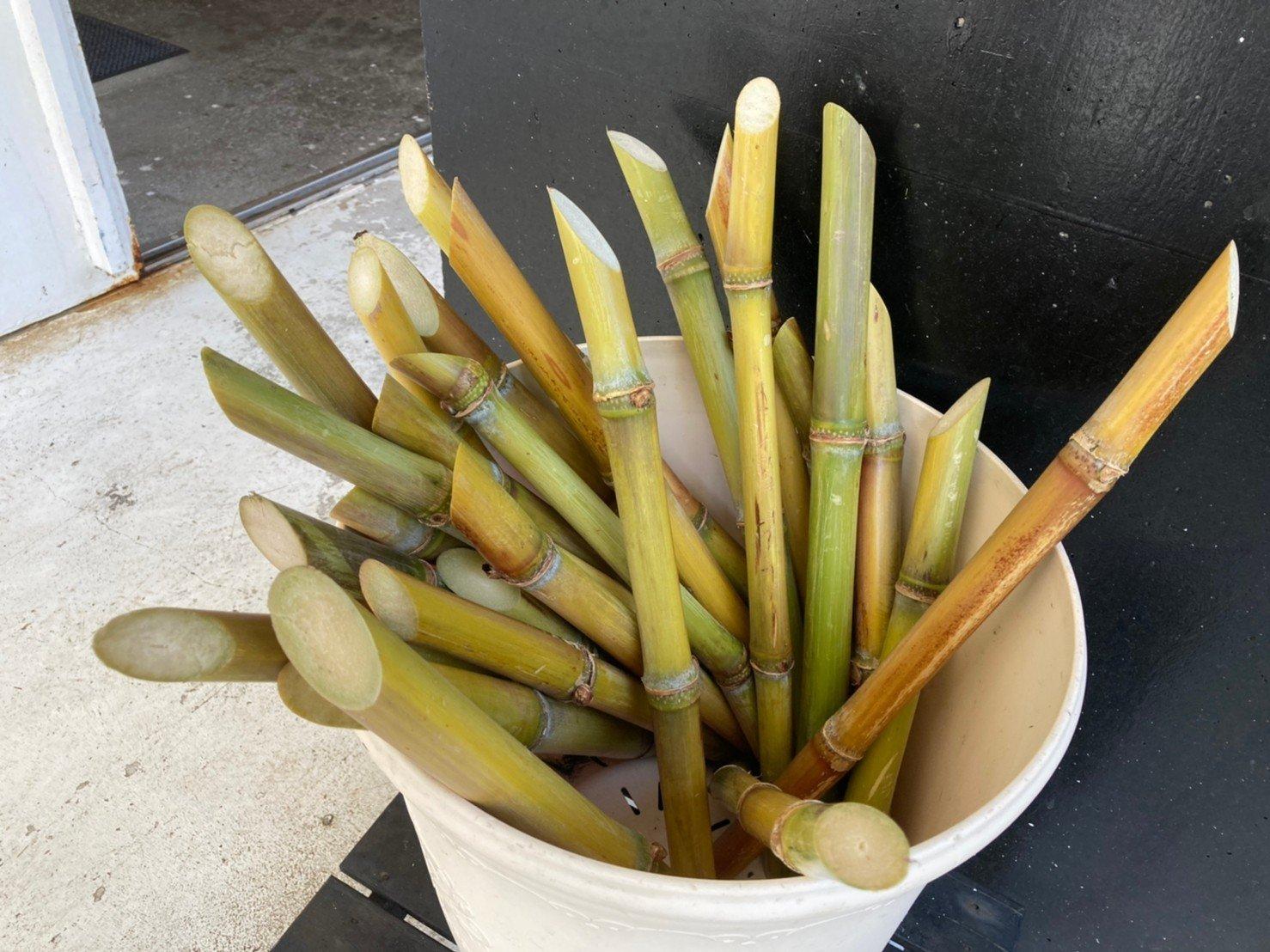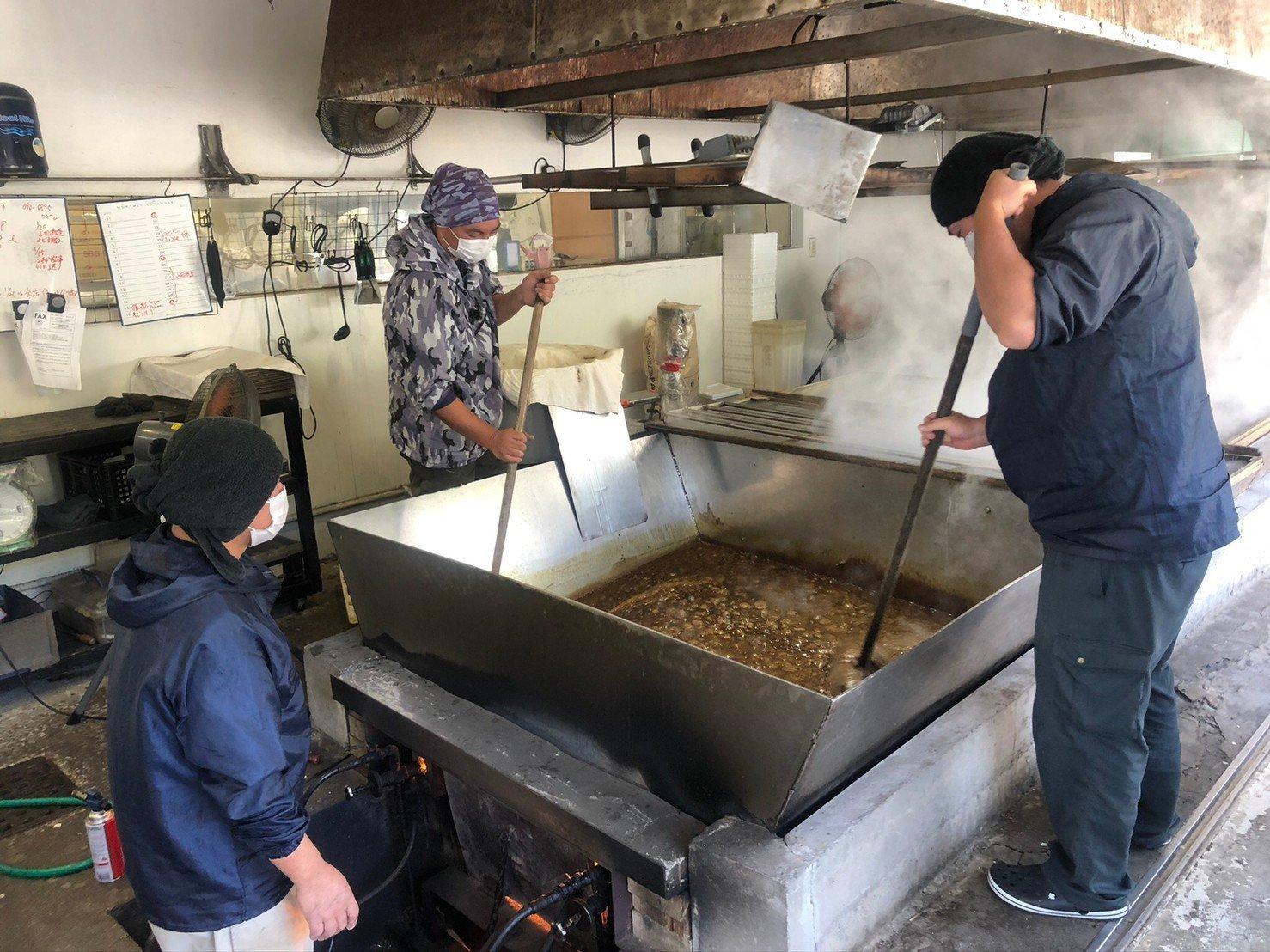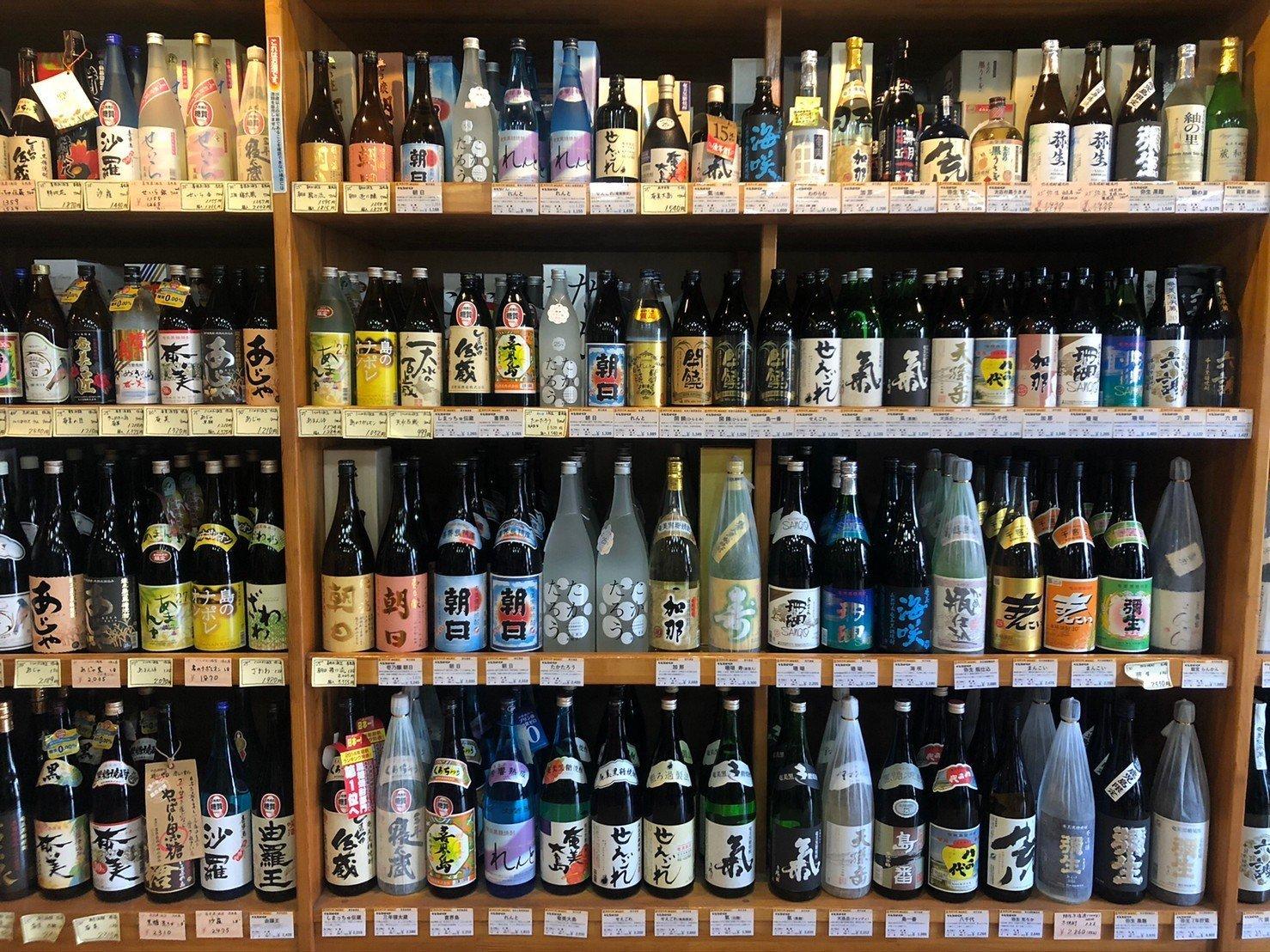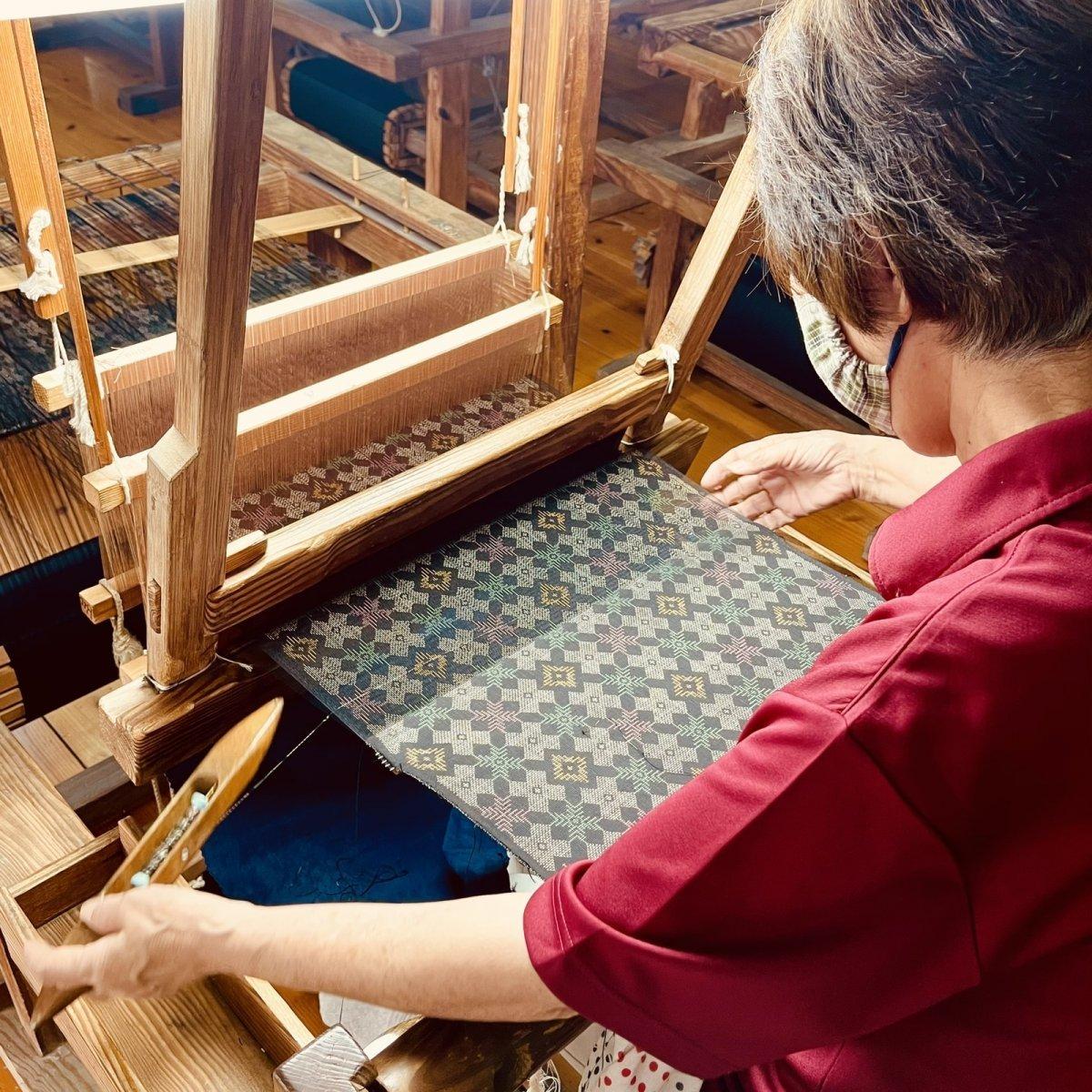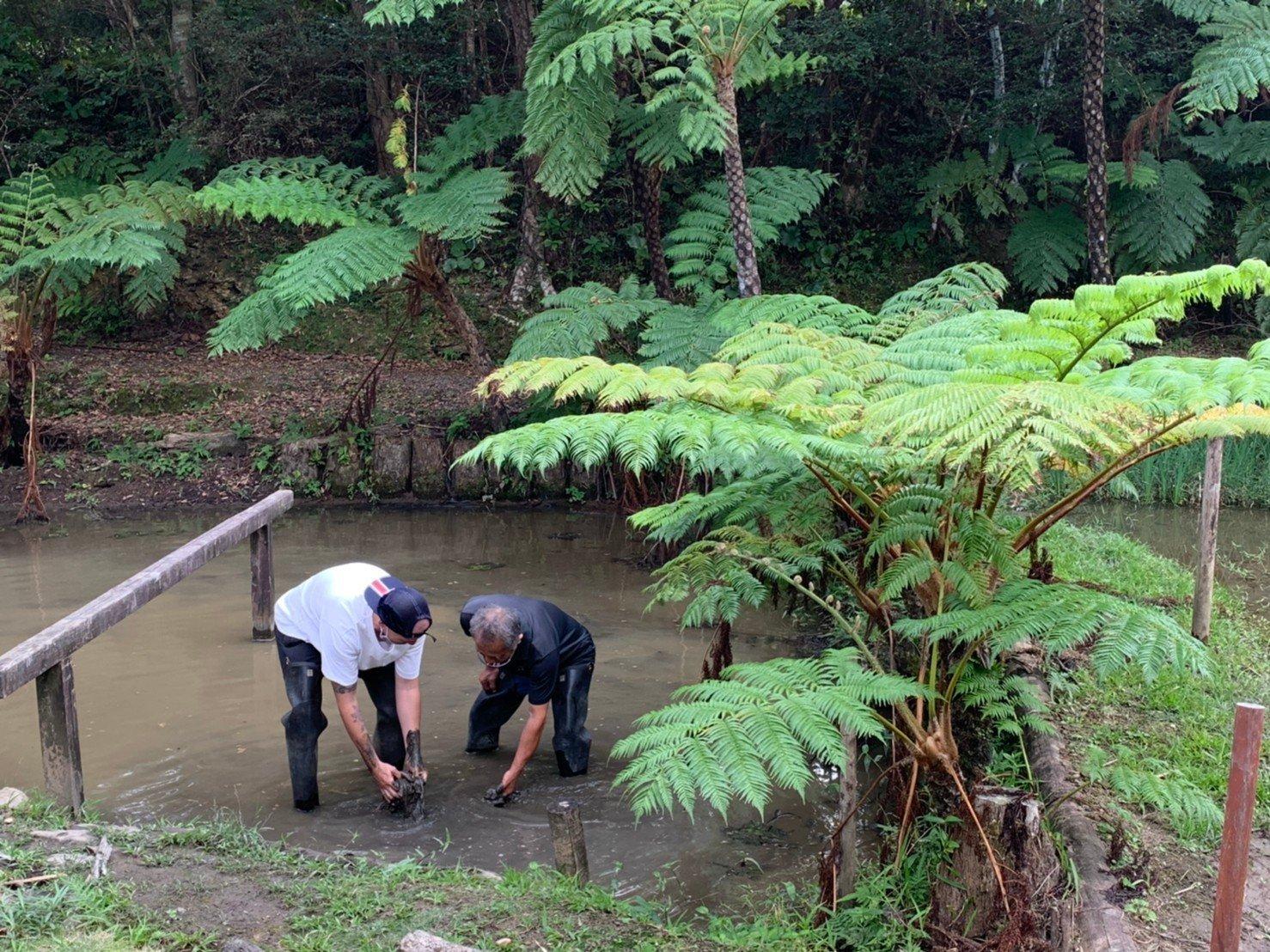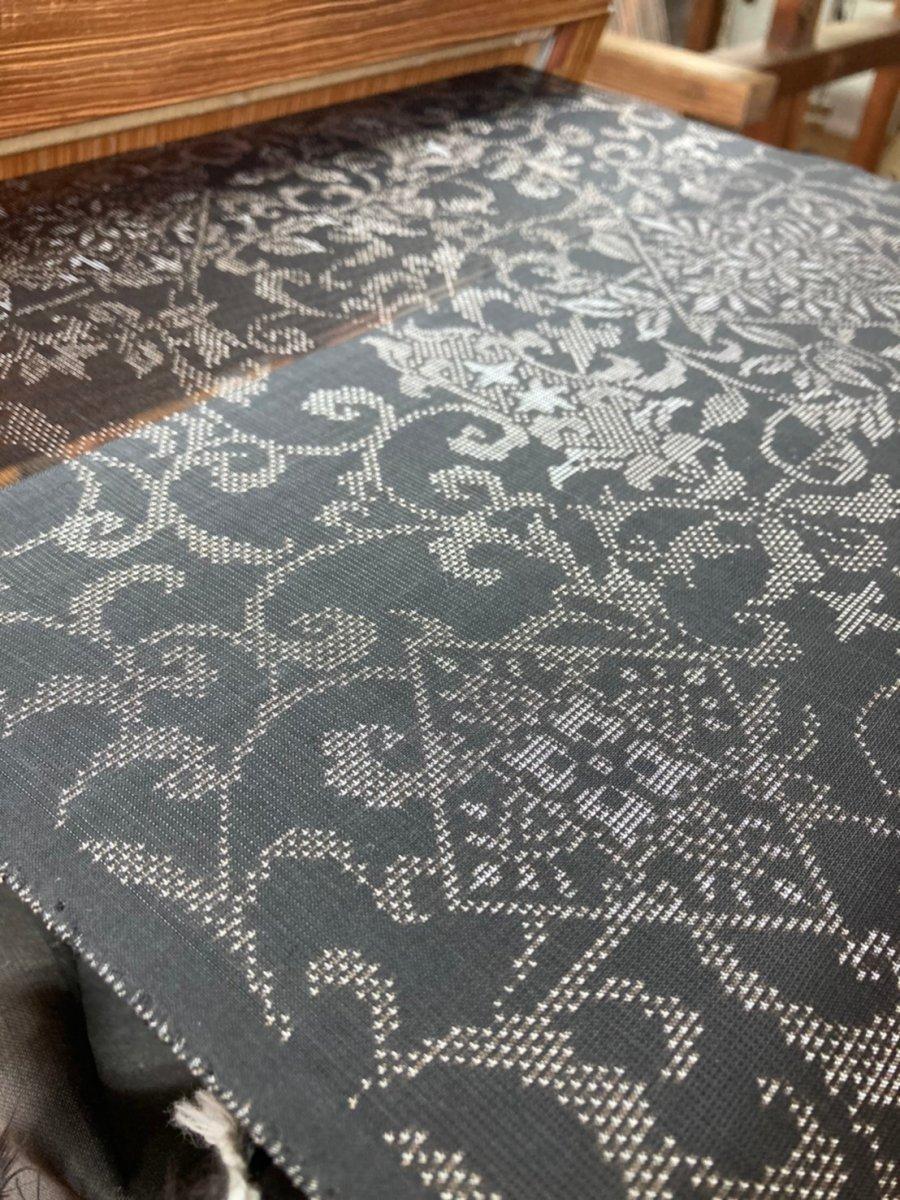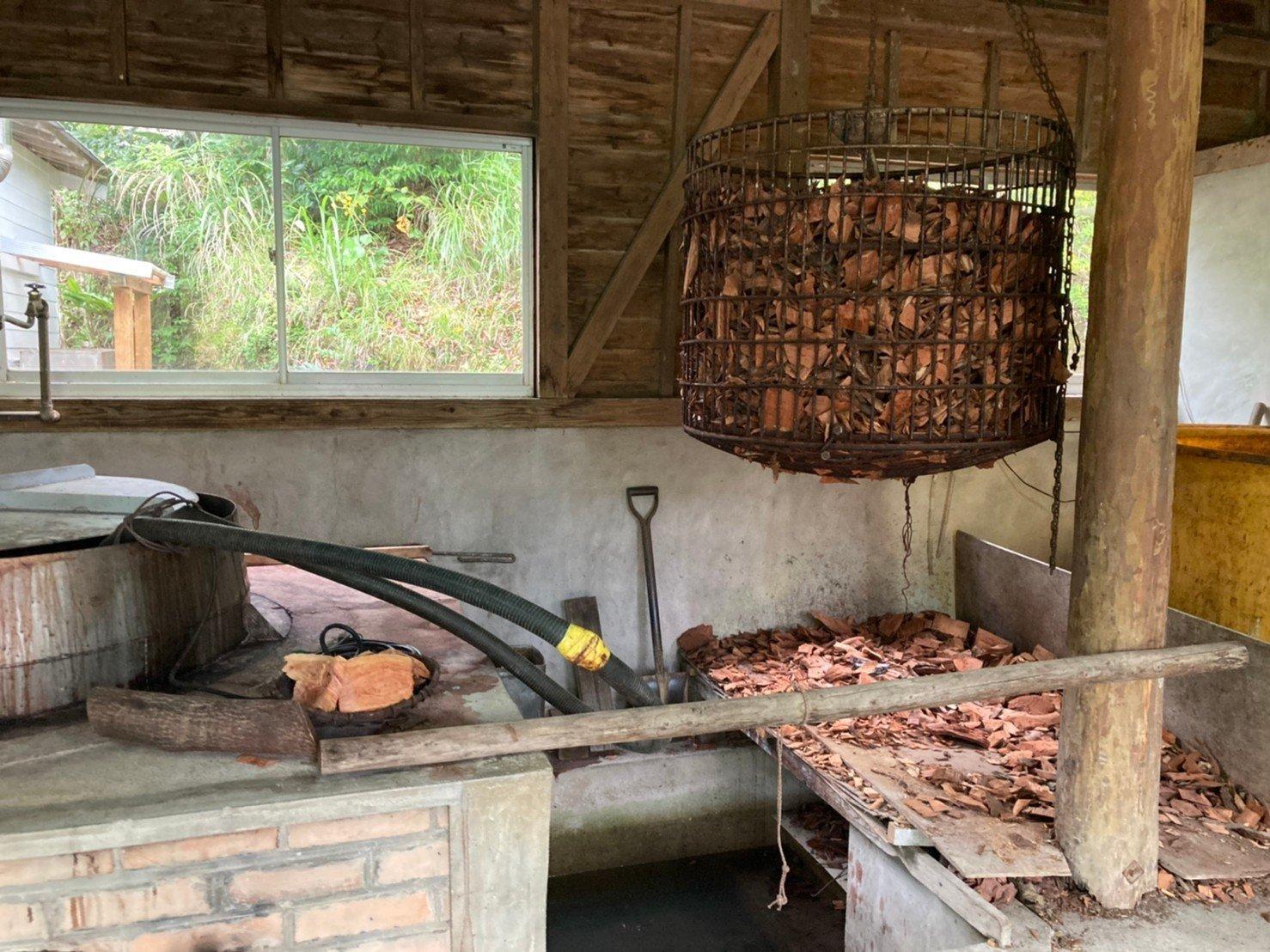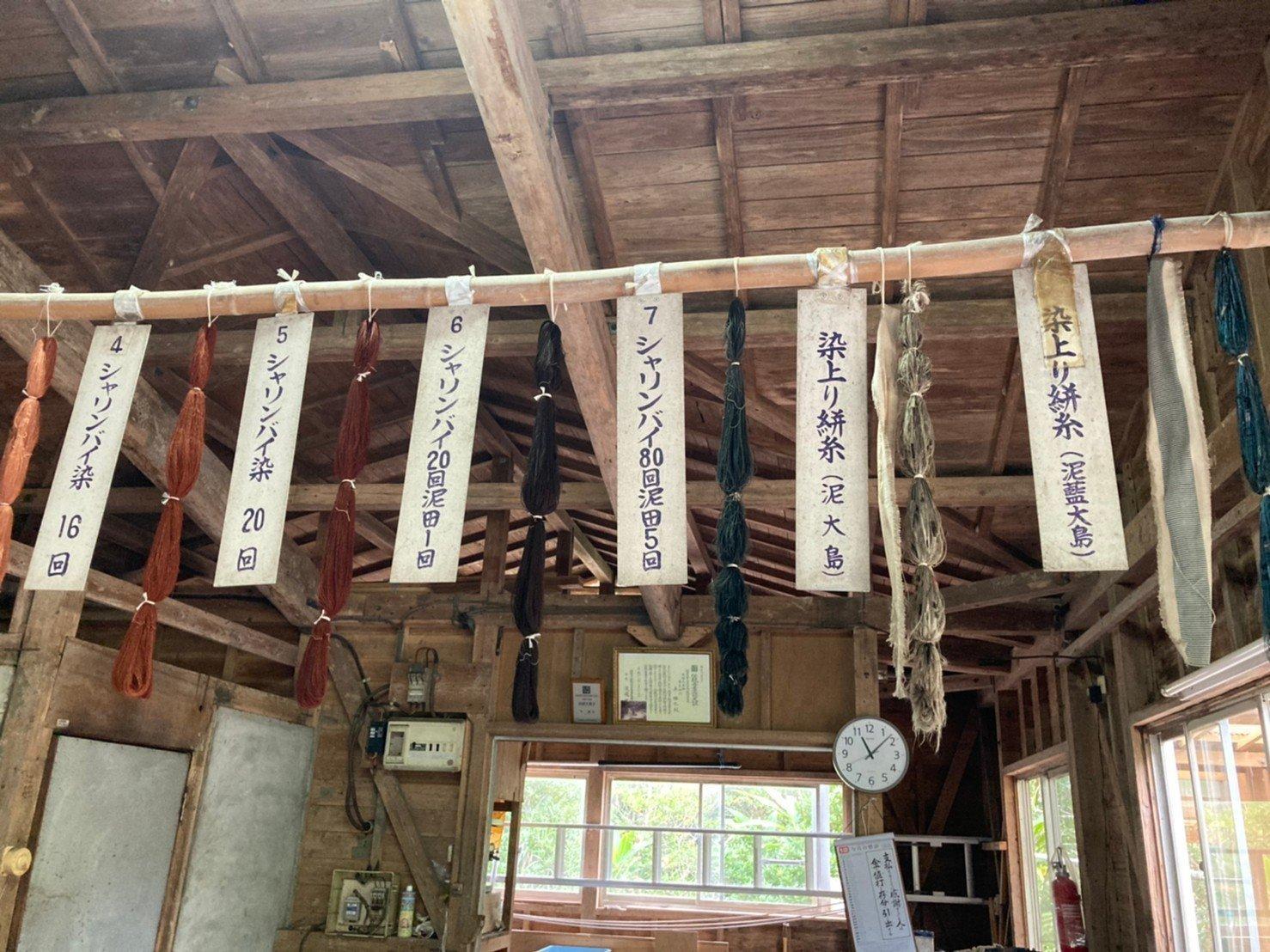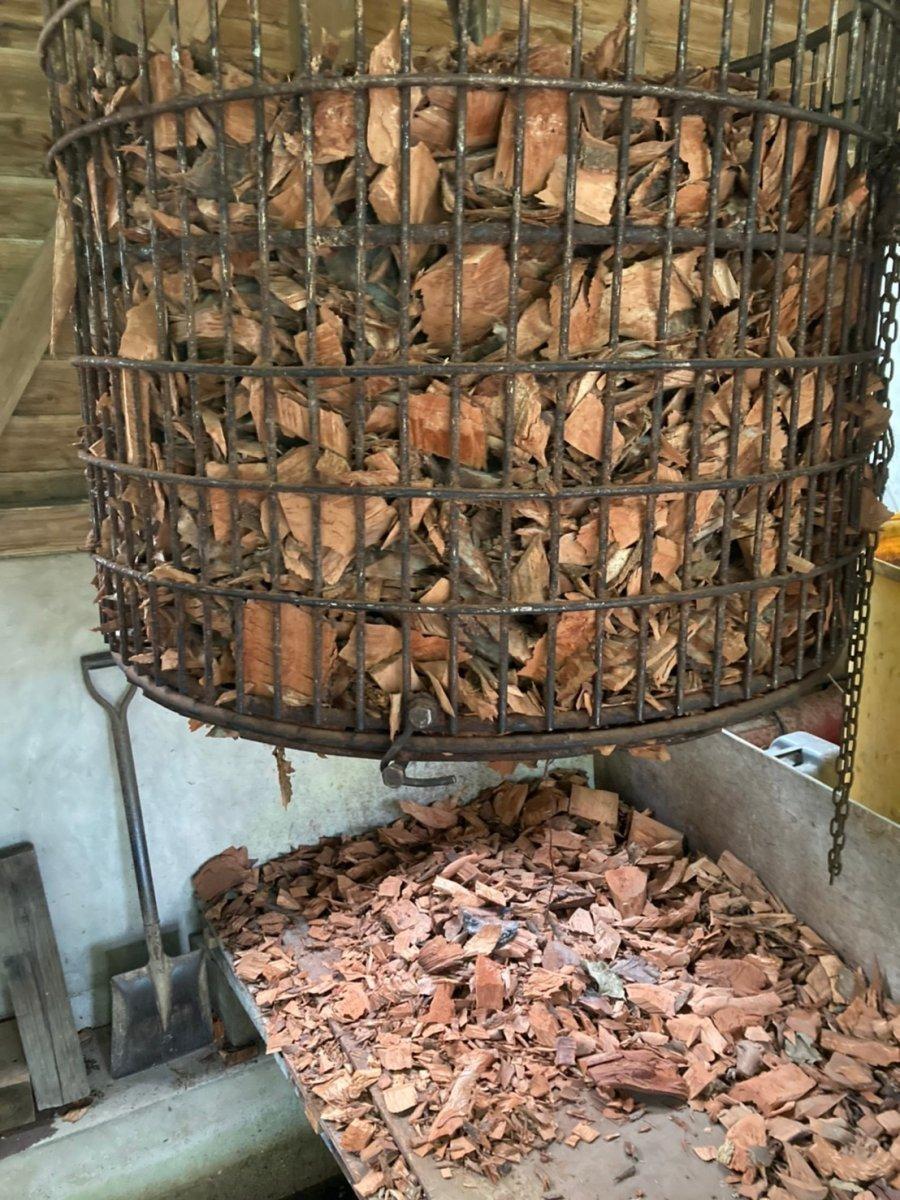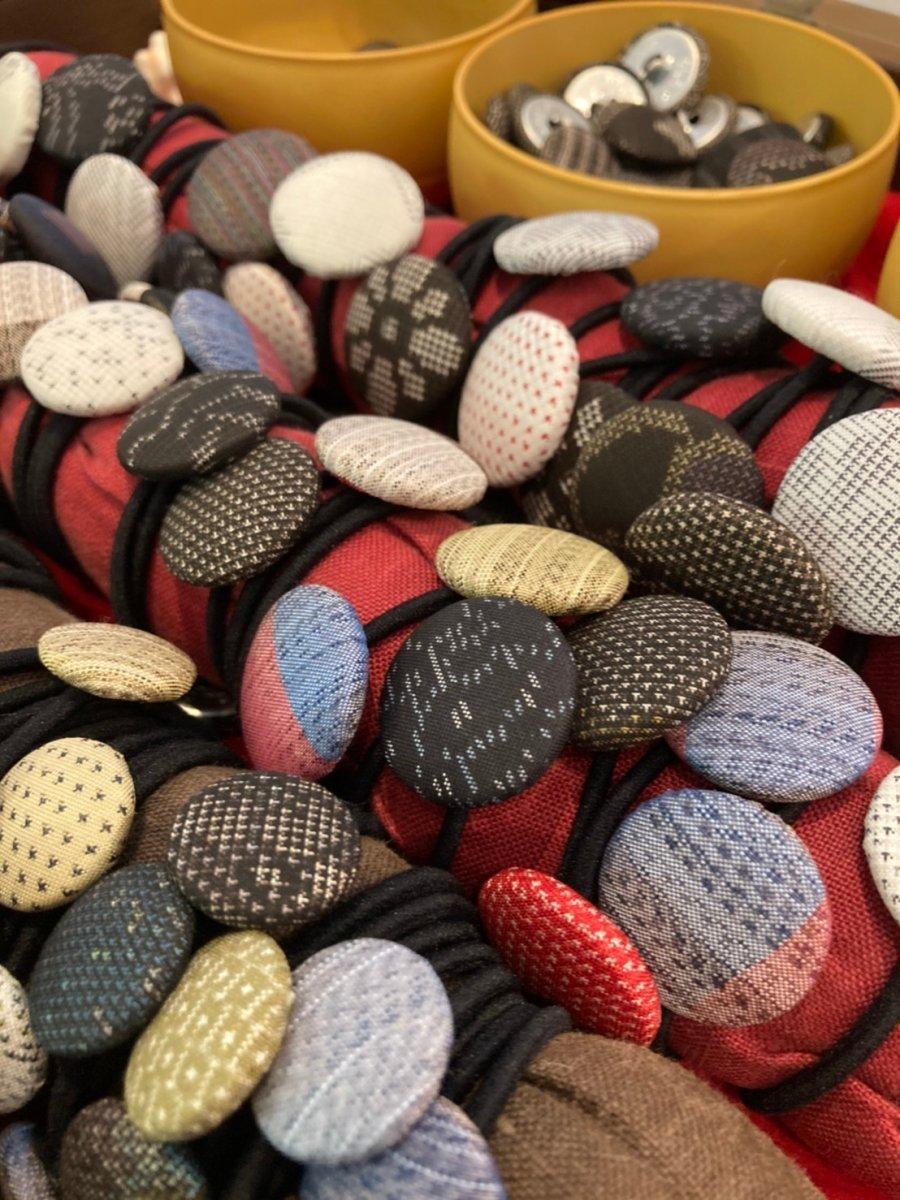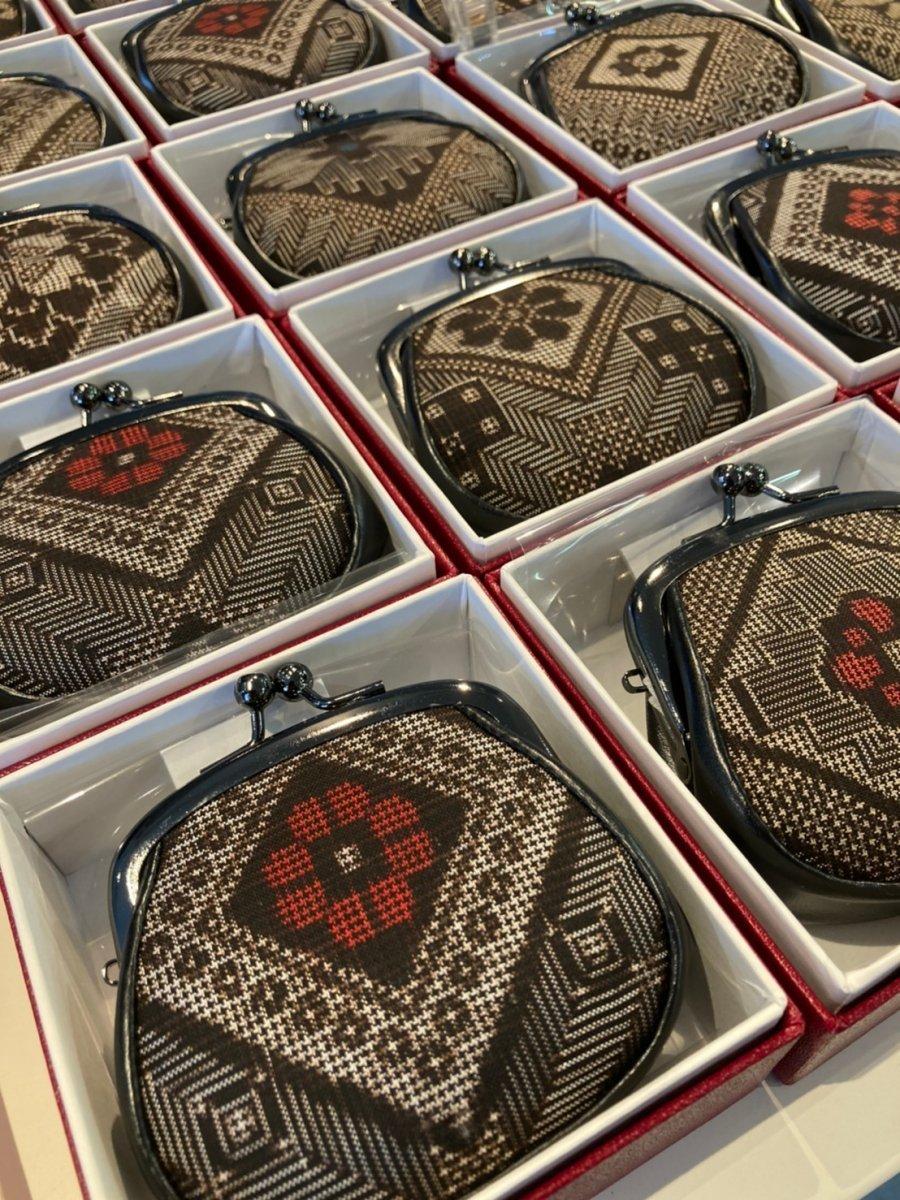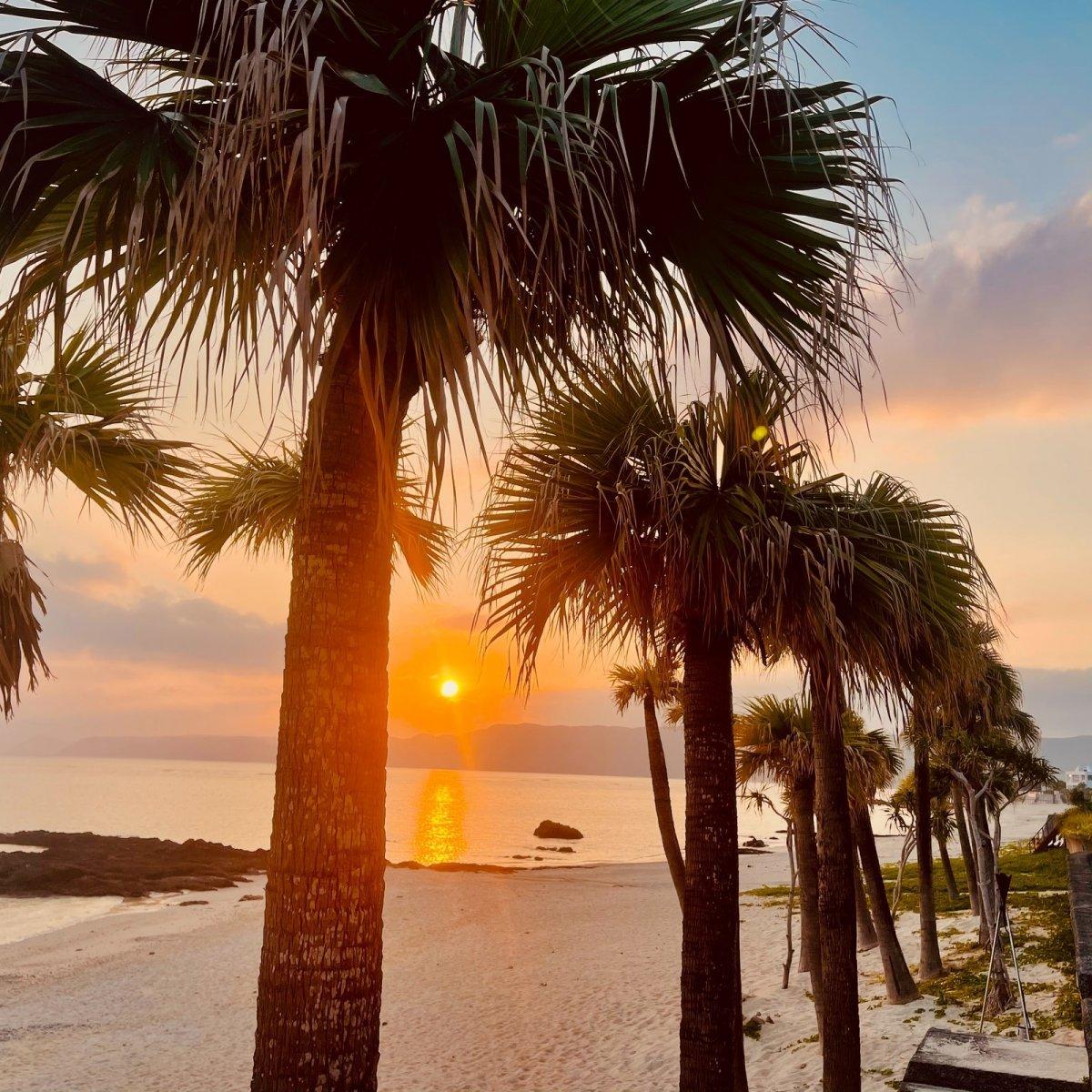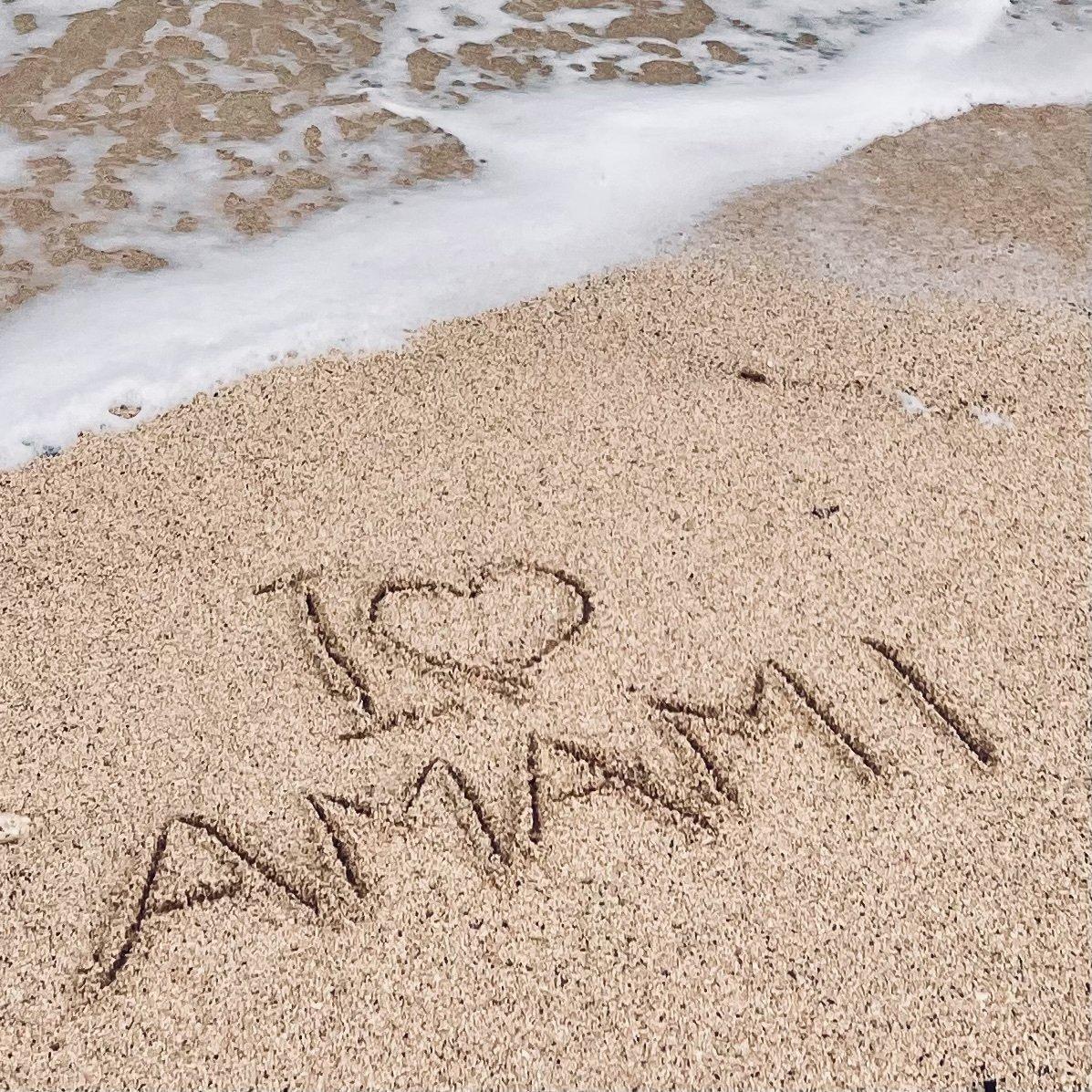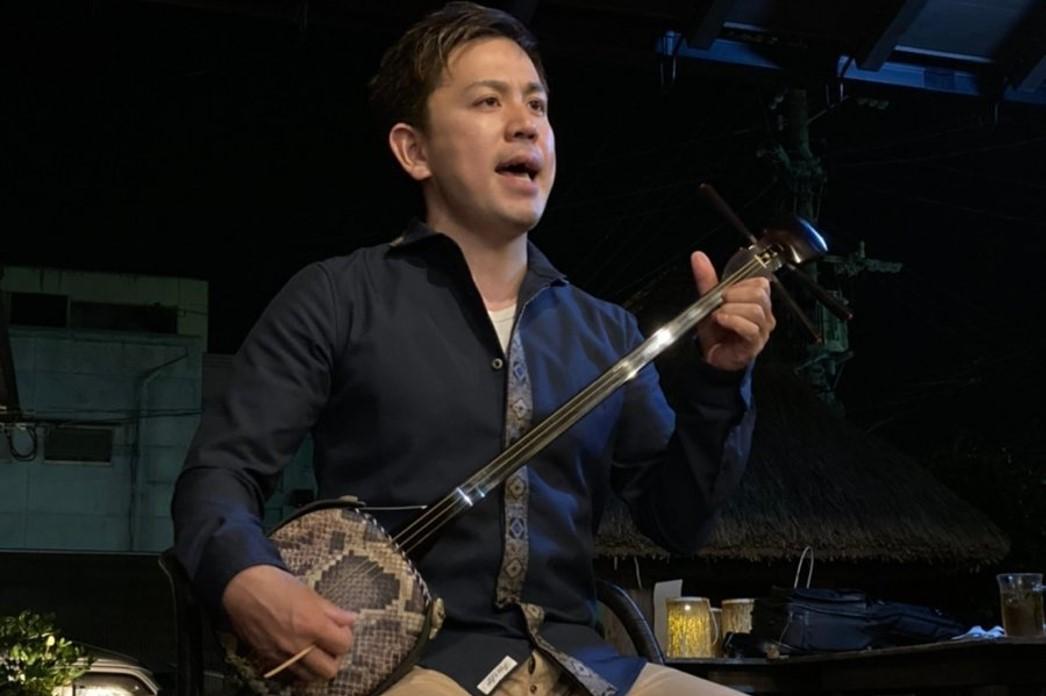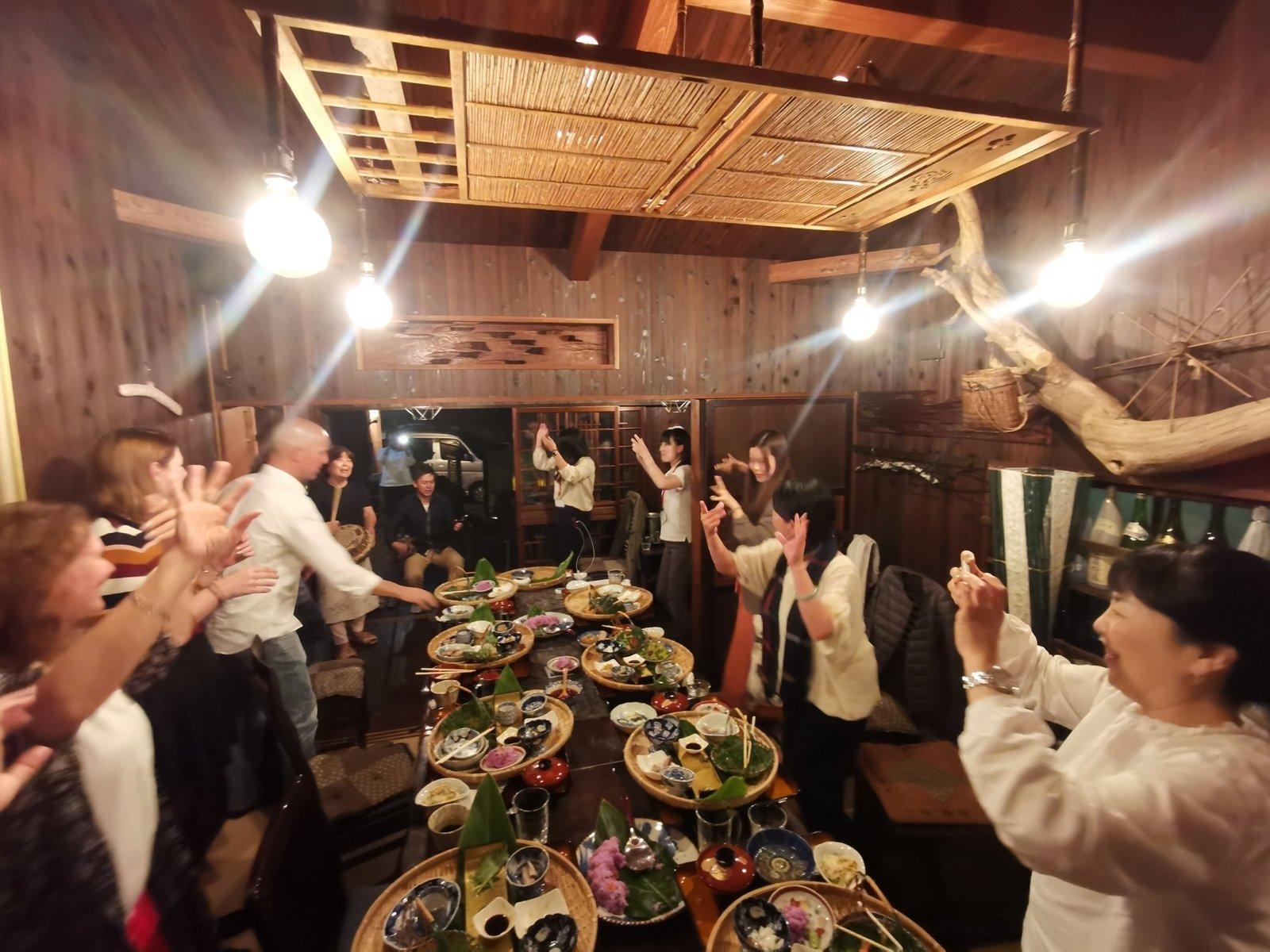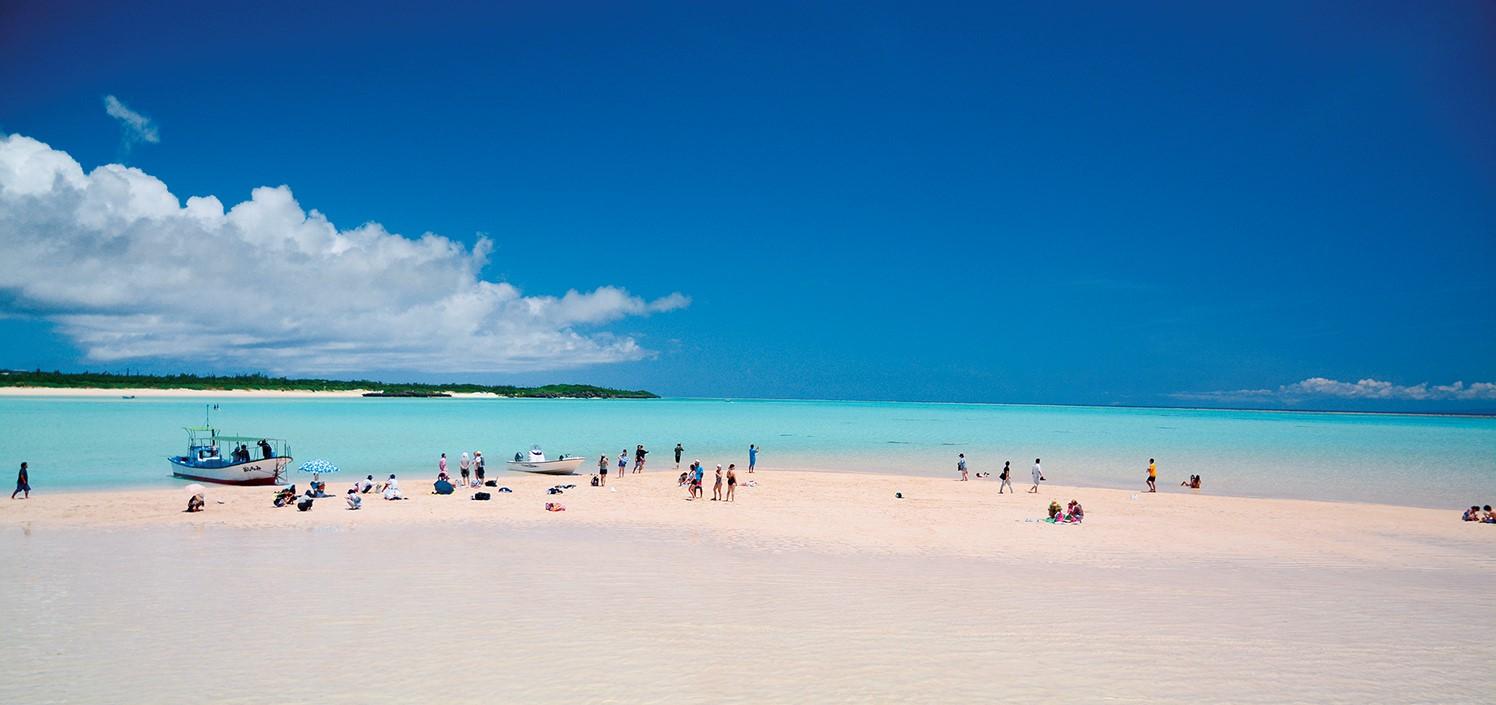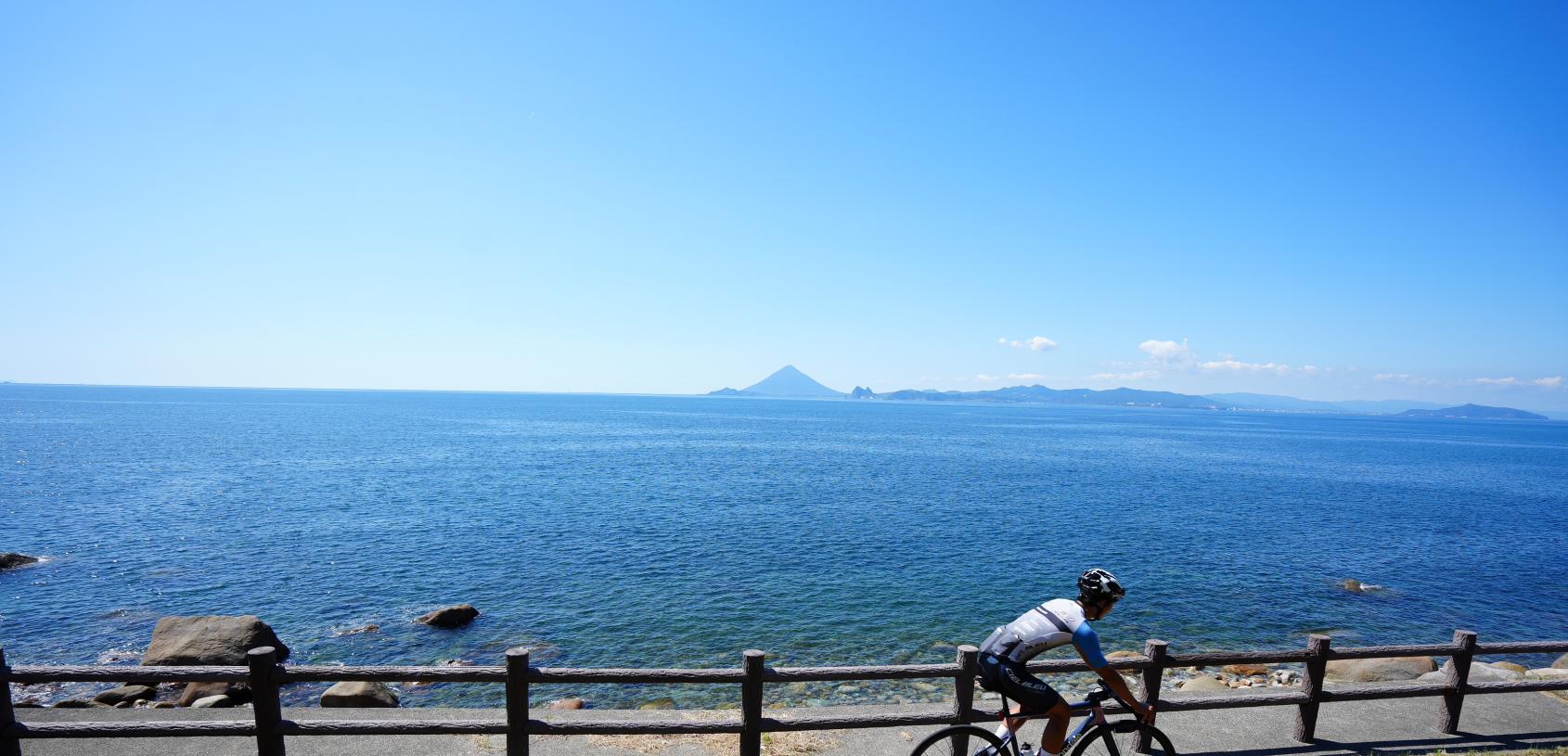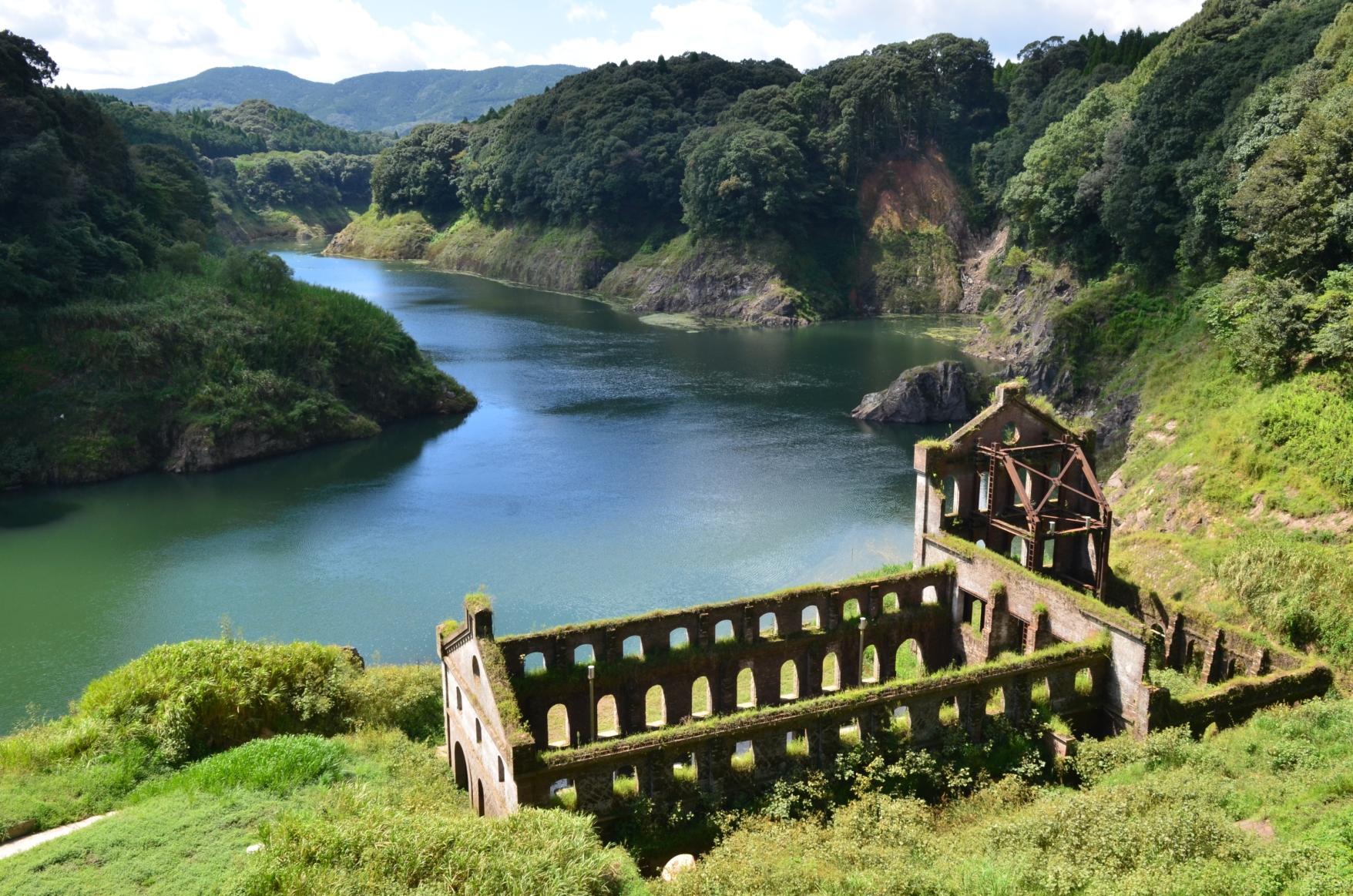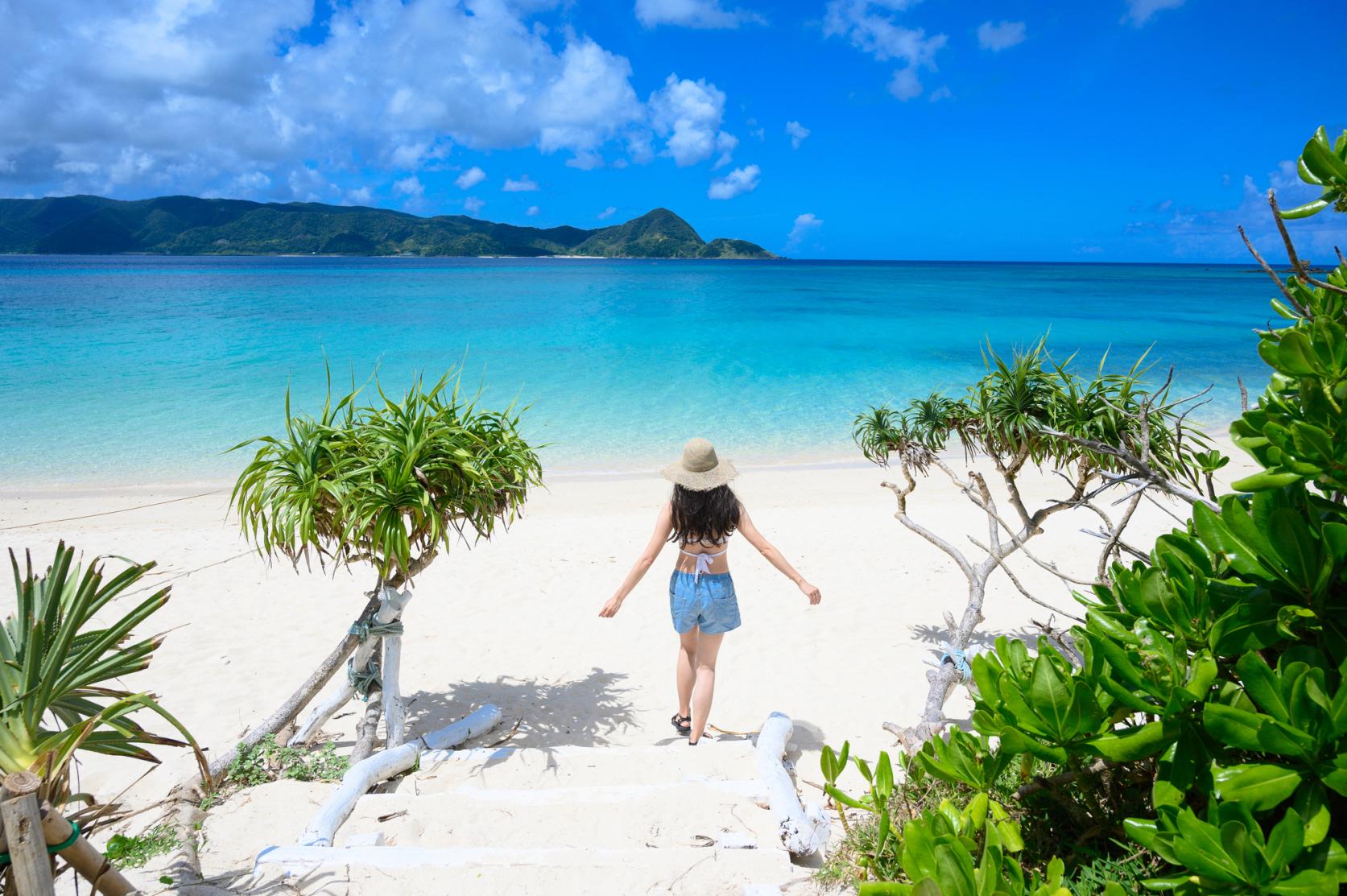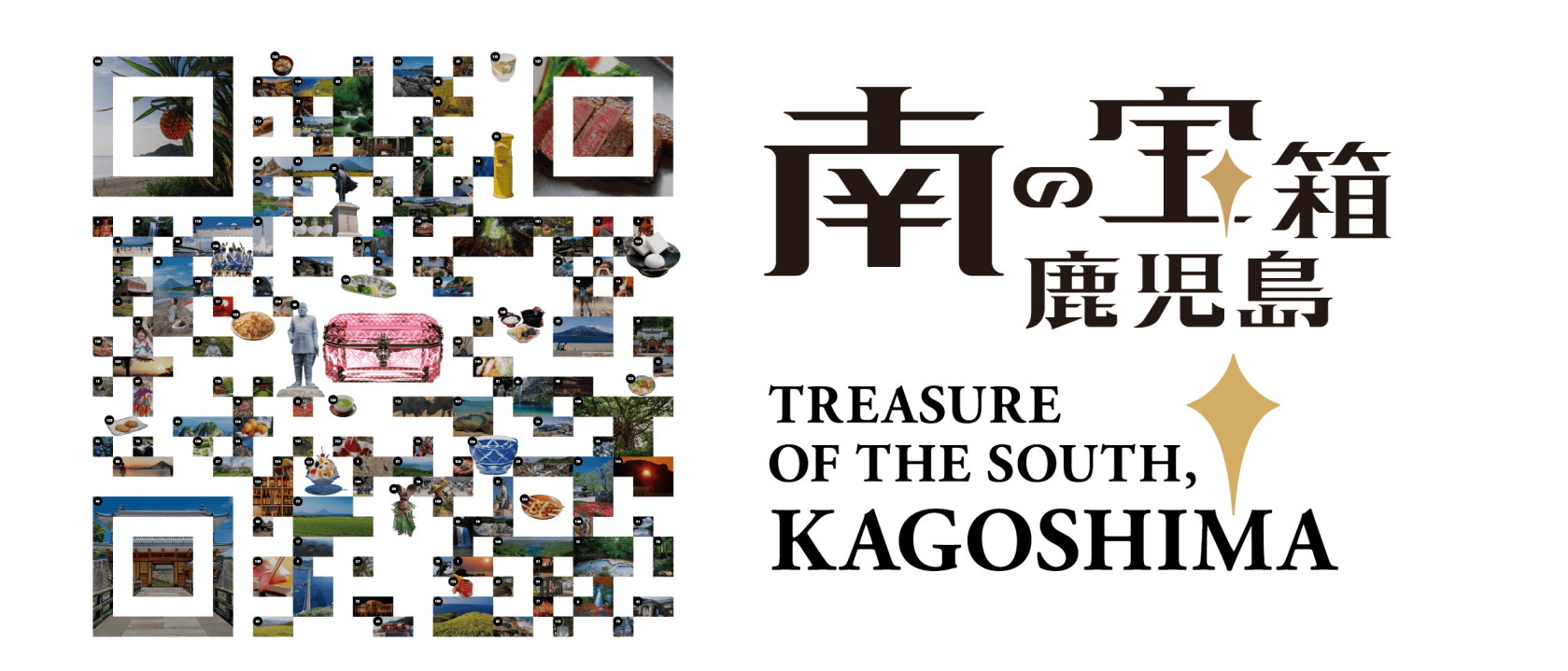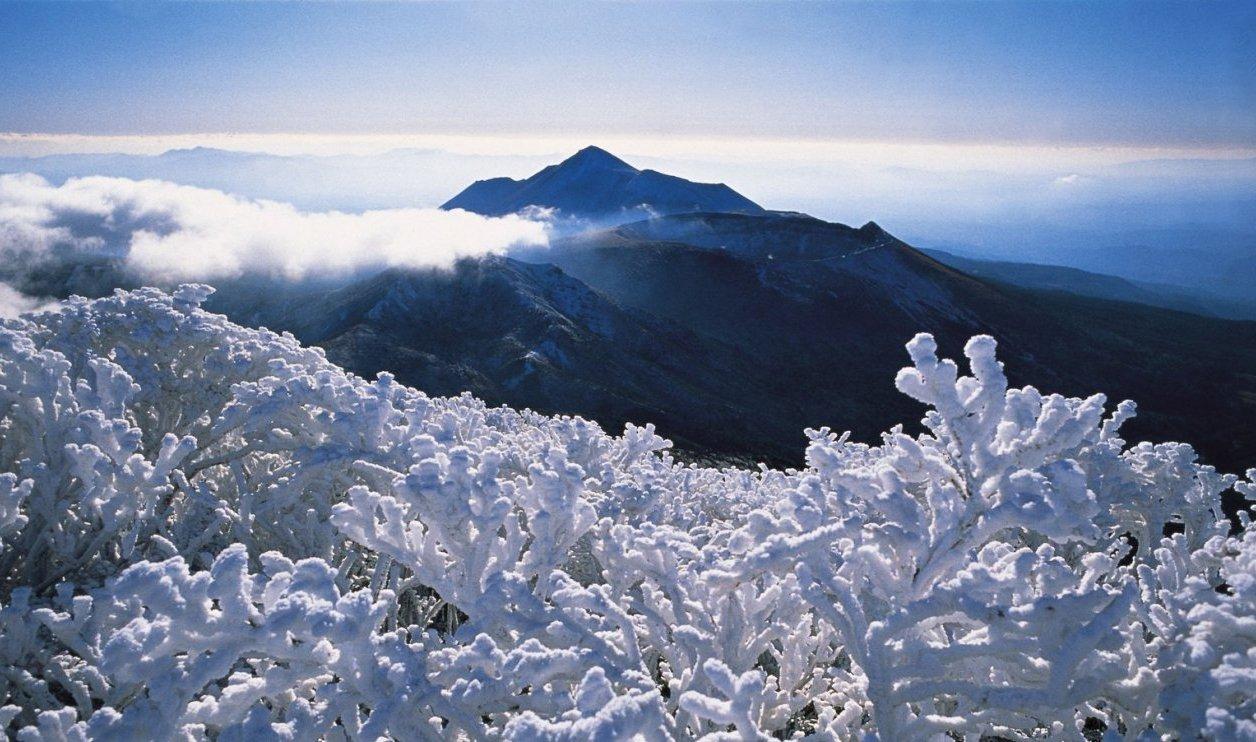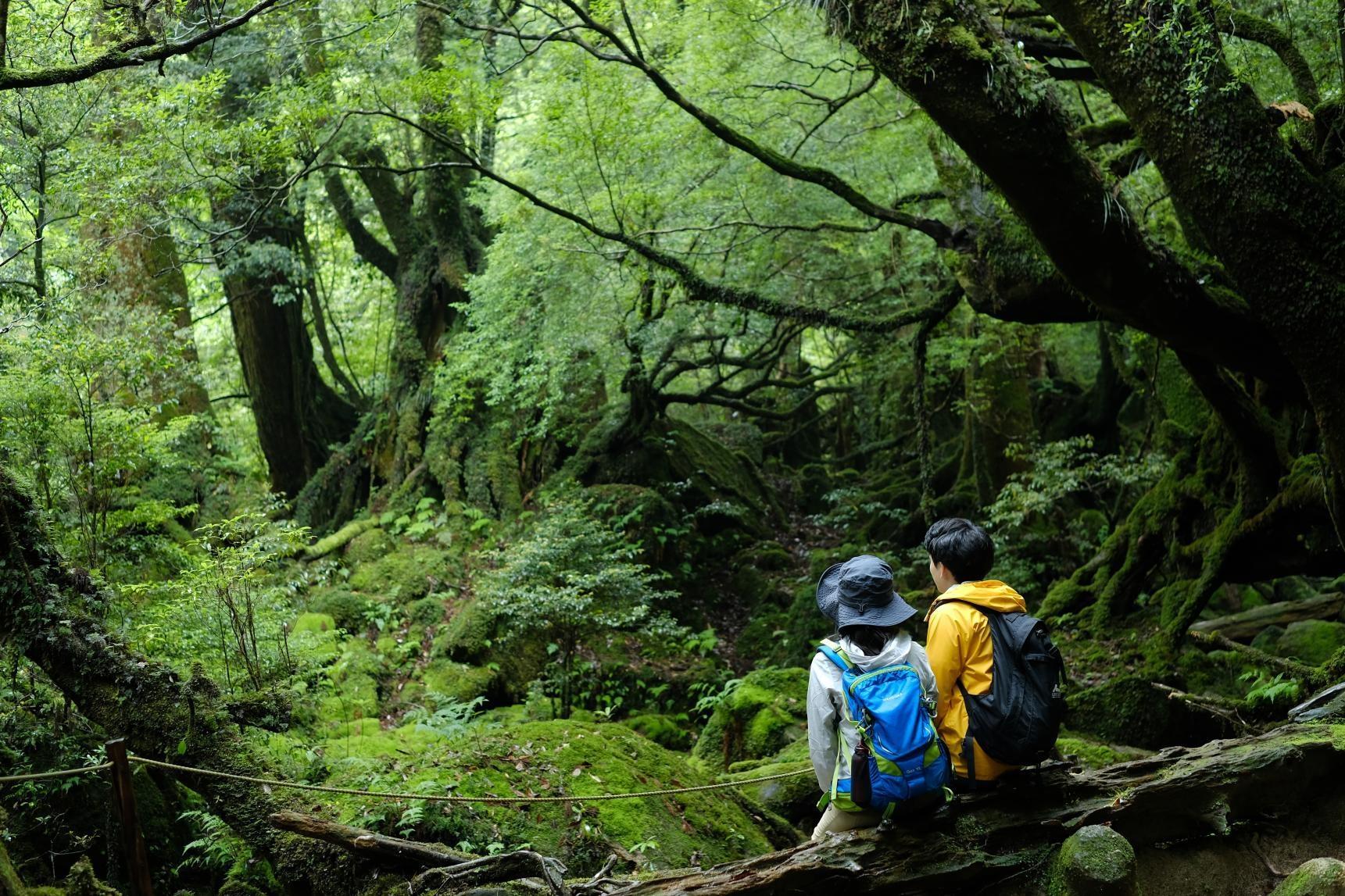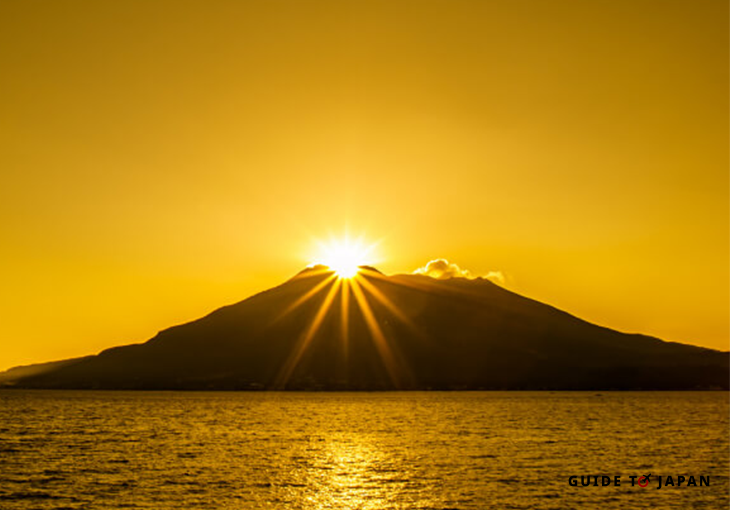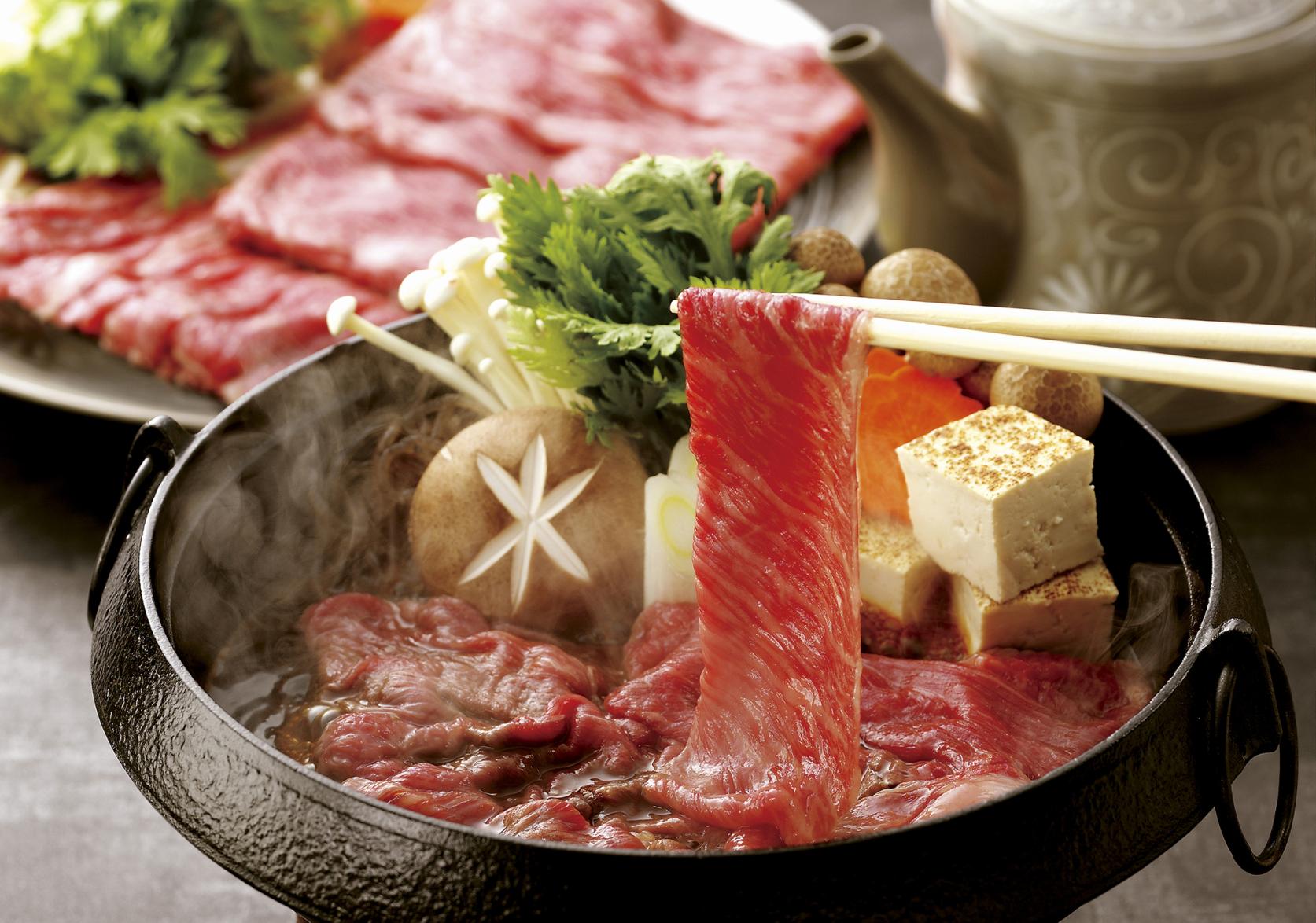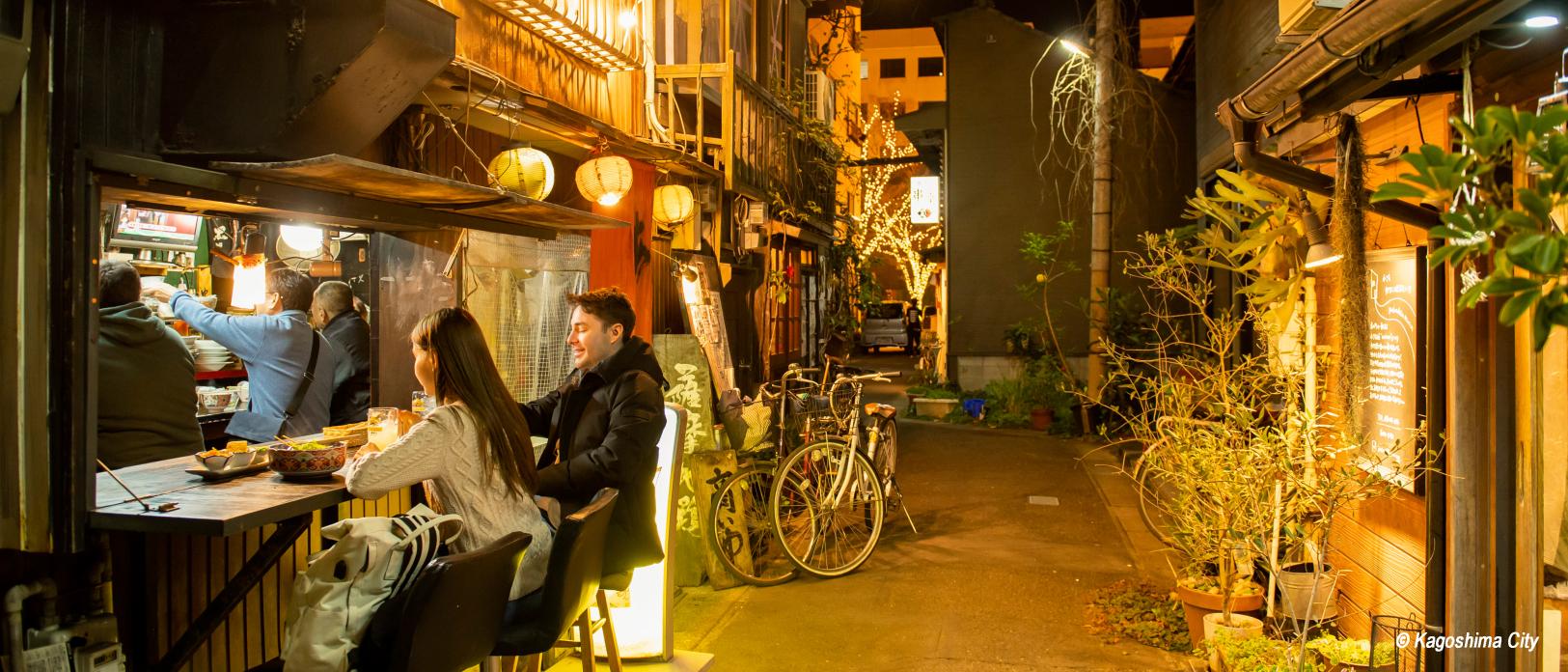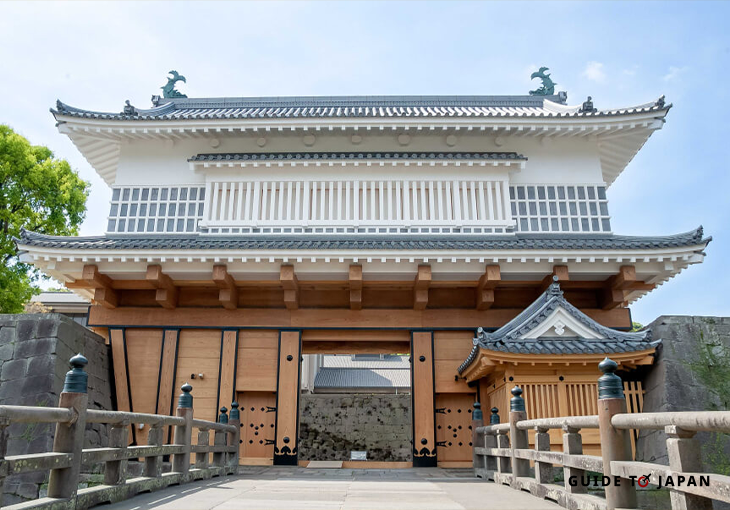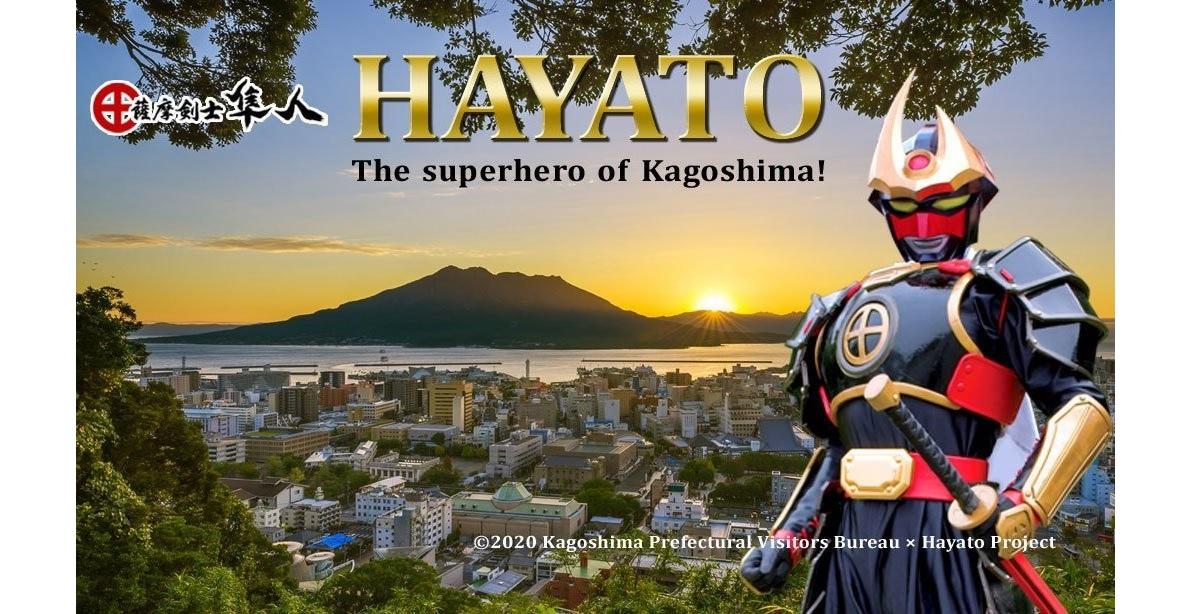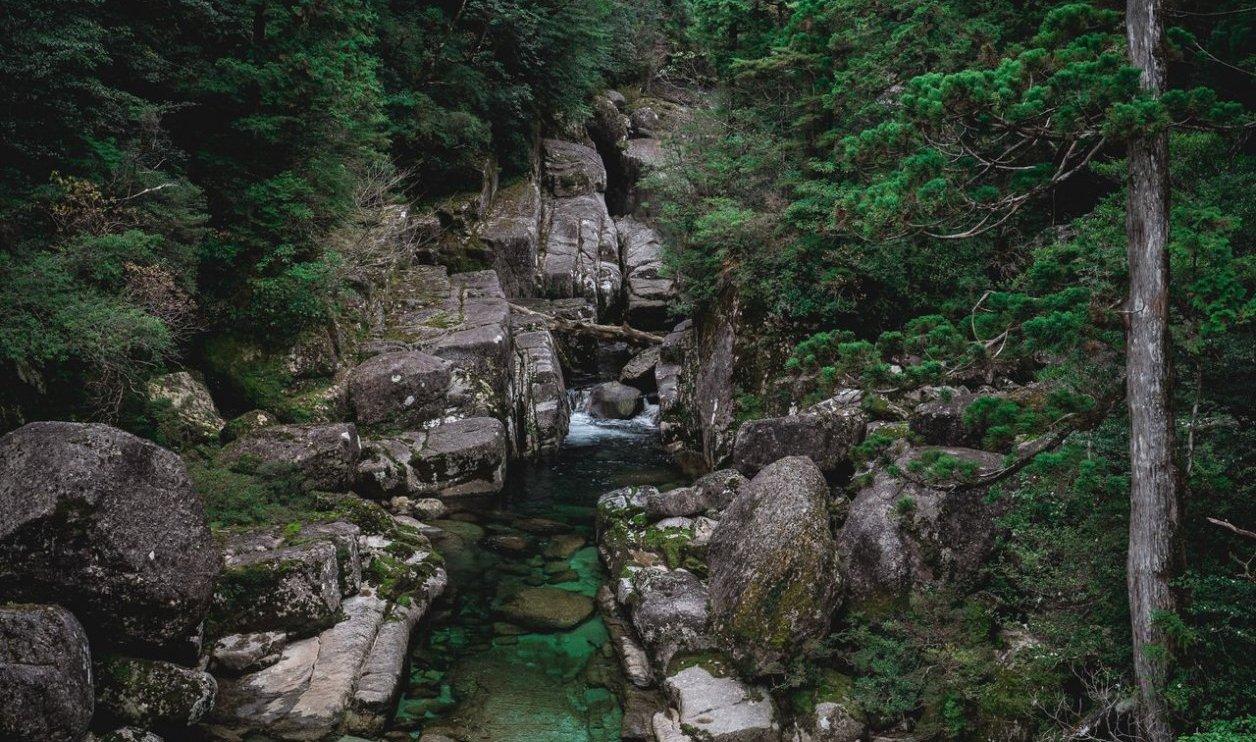Abundance of coral and marine life
If you are a nature lover then there is something for you to do on Amami. With beautiful white sand beaches and crystal, clear waters there is something for everyone to enjoy. The warm waters are perfect for swimming from early spring until late autumn and are much less crowded than those in Okinawa. With an abundance of coral and marine life, it’s ideal for snorkeling and scuba diving. If you are lucky you might even see one of the many sea turtles that have made the shores of Amami their home. Tomori beach, with its endless emerald green ocean and white sand, is considered the best beach on the island and is only a ten-minute drive from the airport so you can start exploring the beaches immediately upon arrival.
Mangrove forest
Another way to enjoy the waters in Amami is to kayak or SUP along the river in the mangroves. Amami boasts having the second largest virgin mangrove forest in all of Japan. Whether it be high tide or low, tourists can enjoy a one-hour tour offered by one of the operators. An experienced guide will supply you with a wealth of information about the river network, vegetation and ecosystem.
Hiking trails
If you prefer to keep both feet on the ground there are several easy hiking trails that lead to spectacular views of the ocean. An easy 30-minute walk will take you to Cape Miyakozaki which is part of Amami Gunto National Park. It is unique because it’s covered in ryukyu bamboo grass which is waist heigh in some areas. This area is home to Amami’s black rabbit also known as ryukyu rabbit. Often called a living fossil, the Amami rabbit is a living remnant of ancient rabbits that once lived on the Asian mainland.
Keihan (chicken rice) bowl
Amami is most famous for it’s keihan (chicken rice) bowl which is thought to date back to the Edo Period (1603-1868). You can easily find this local dish in most restaurants. Strips of chicken are placed on a bed of plain rice. Other toppings include shiitake mushrooms, ginger, thinly sliced omelet, green onion and then sprinkled with dried seaweed. A generous amount of savory soup made from chicken broth is poured on top. A delicious and healthy meal that is still enjoyed by the islanders till this day.
Kokuto (brown sugar)
Amami is well know for it’s kokuto (brown sugar) that is made from sugarcane. It’s 100% natural and is rich in vitamins and minerals and is believed to be a source of longevity. Distilled kokuto shochu (local liquor) contains no sugar so it is thought to be a healthier option to other distilled spirits. Whereas other parts of Japan make shochu from rice or sweet potatoes, Amami’s shochu is made from brown sugar and is only produced in the Amami Archipelago.
Oshima Tsumugi silk fabric
Amami also has a rich kimono culture dating back 1300 years. The famous Oshima tsumugi high-class silk pongee is one of the greatest textiles in the world, along with Gobelins weave tapestry and Persian carpet. The all natural mud dyeing, hand woven silk involves more than 100 steps to make. An Oshima Tsumugi kimono is the envy of Japanese women for its glossy shine, light touch and its softness on the skin as well as being comfortable to wear. Although expensive to buy, they can be passed down from generation to generation. A great place to get a glimpse of this amazing form of art is Oshima Tsumugimura where you can see the entire process from start to finish.
Please wait for me, Amami. I will be back!
No trip to Amami is complete without listening to Shima-uta, literally island song. Shima-uta is often considered to represent Amami’s musical tradition. Shima also means “one’s own community” in the local dialect so the lyrics often illustrate a tough period in history. The singing is usually accompanied by a three-string sanshin and sometimes a small, hand-held drum.
Words on Nature: The names and photos of wildlife on Amami Oshima
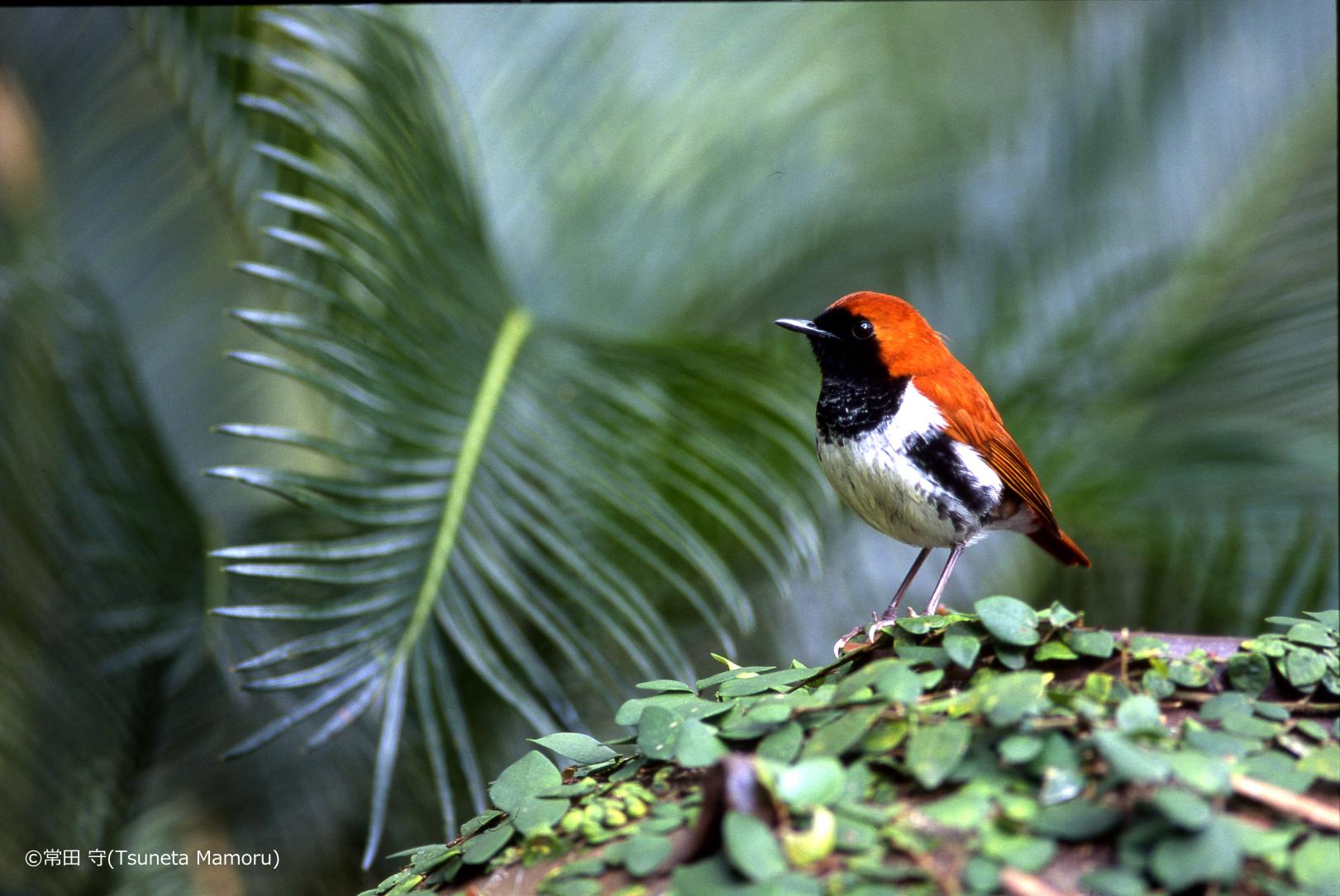
This is a visual encyclopedia that is created by the Amami-Oshima Tourism and Products Federation,with support from the Japan Tourism Agency’s Multilingual Project. It provides English explanations of the wildlife that can be observed on Amami-Oshima Island,with the aim of assisting local guides in explaining the island’s nature to foreign nature enthusiasts.
The English explanations in this booklet were edited and created by professionals in accordance with the government’s rules for creating tourism explanation texts, as part of the Japan Tourism Agency’s Multilingual Explanation Development Project for regional tourism resources.
Most popular
-

Steam Sand Baths
-
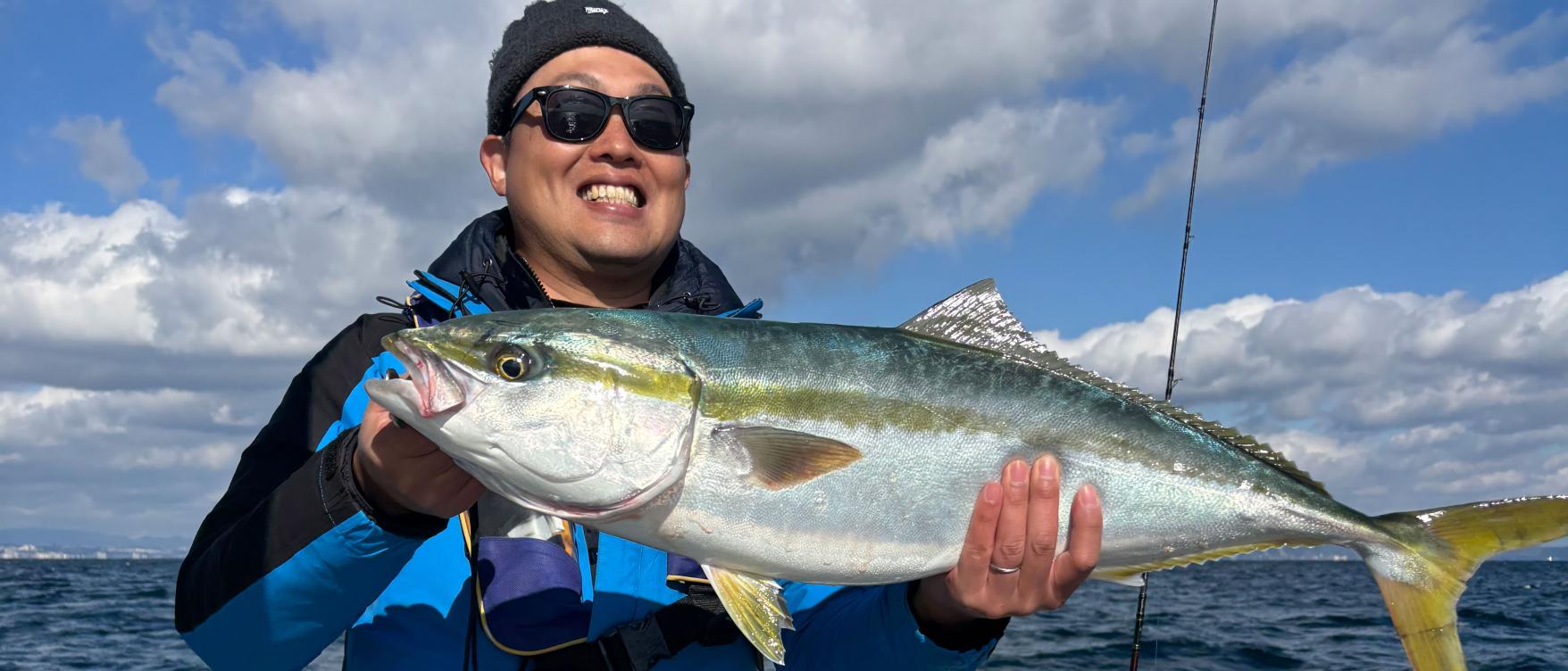
Enjoy a great fishing experience in Kagoshima's Kinko Bay!
-
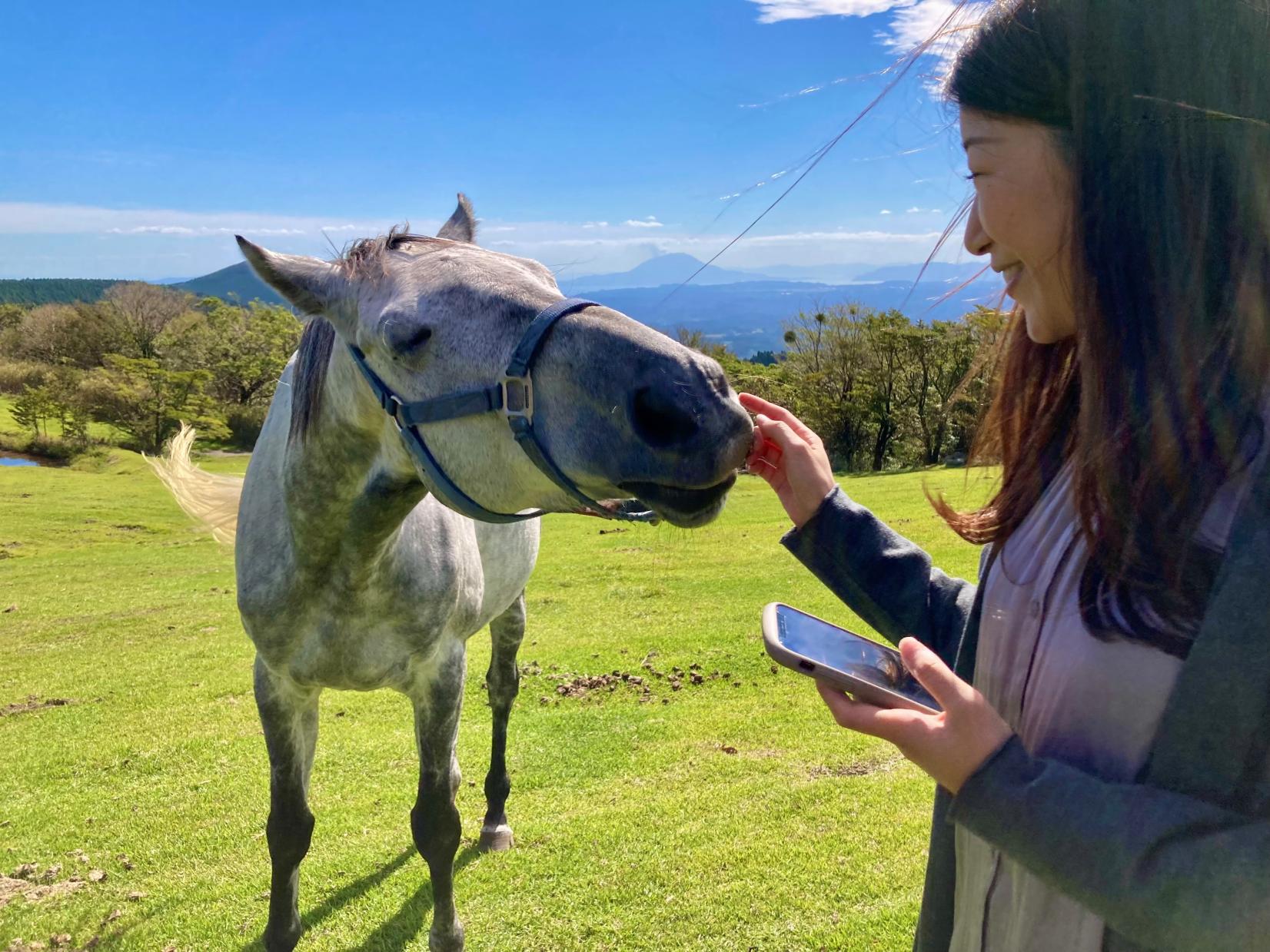
Re-Wild Kagoshima: The ultimate healing experience of interacting with the “Happy Horses”
-

Now is the time for a bike trip! Cycle beautiful Kagoshima
-
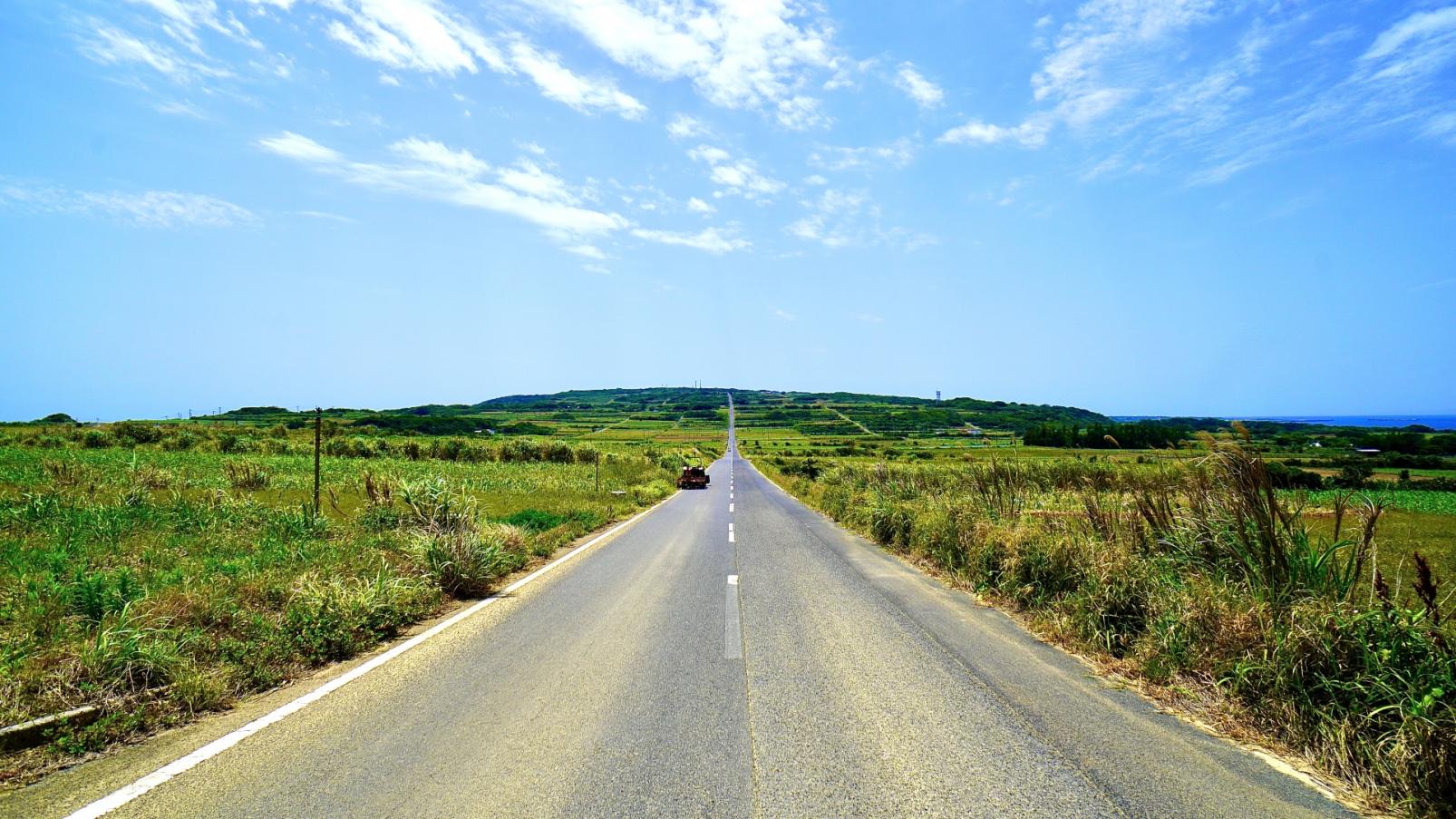
Kikaijima Course, an island where mysterious giant banyan trees and butterflies dance



